X
Quick contact info
We are here to assist you every step of the way. Reach out to us for a seamless and reliable car buying experience.s
OFFICE
2629 N Main Street,
Gainesville, Florida 32669s
OPENING HOURS
Monday – Friday: 09:00AM – 09:00PM
Saturday: 09:00AM – 07:00PM
Sunday: Closeds
- Home
- Cars for Sale
Bmw 4 Series

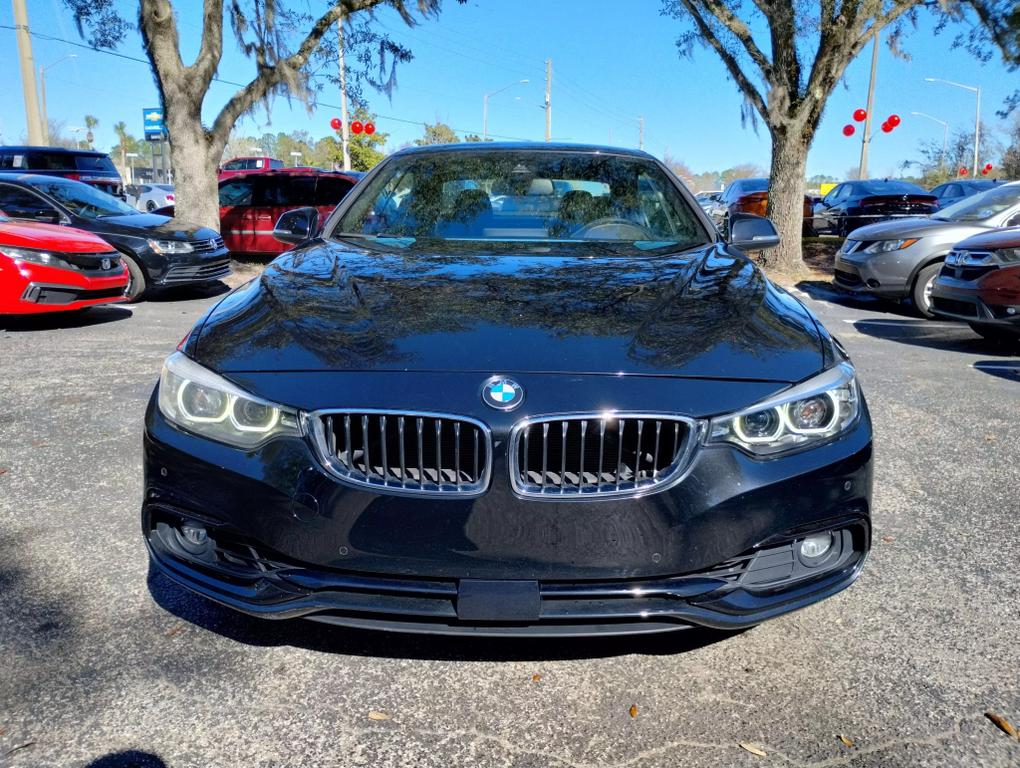

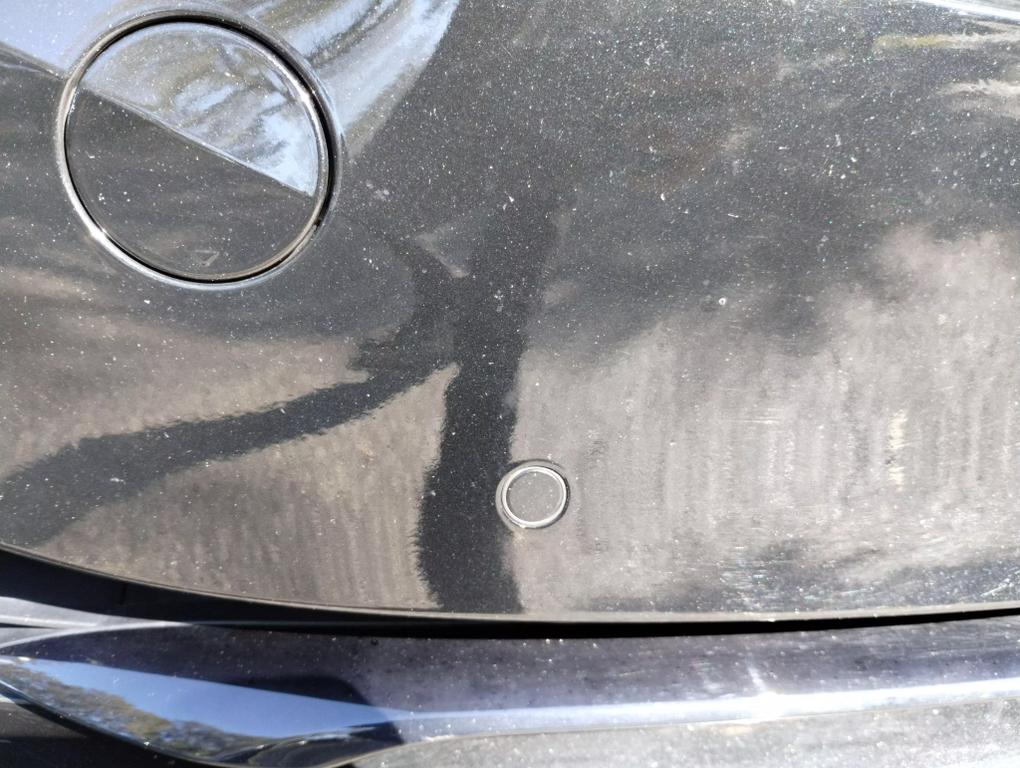
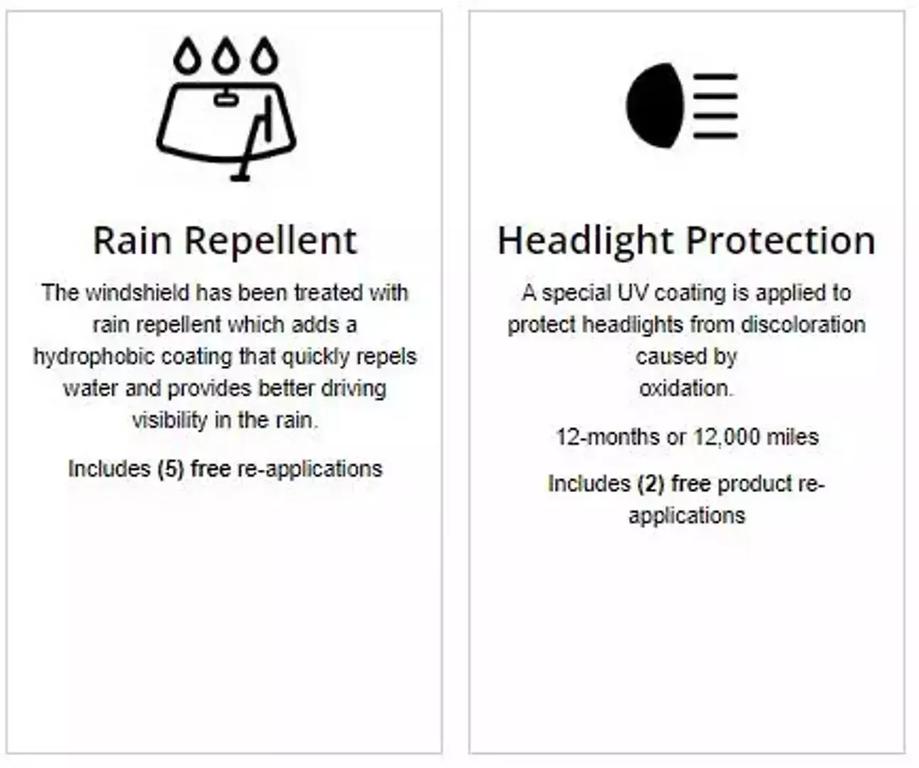
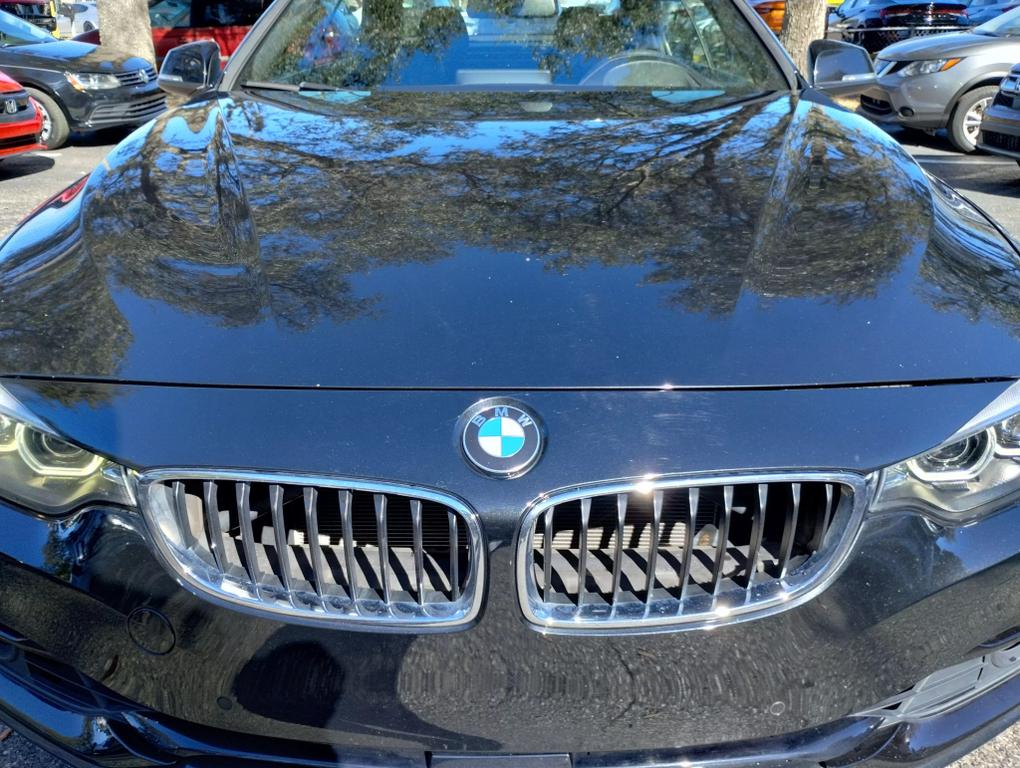
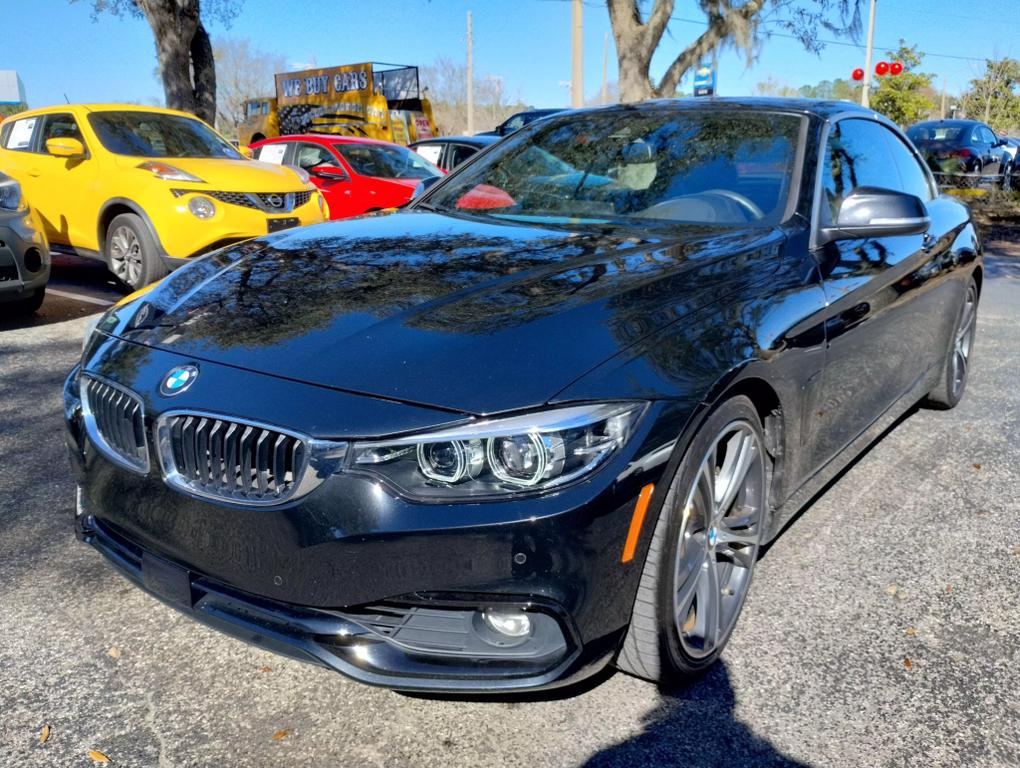
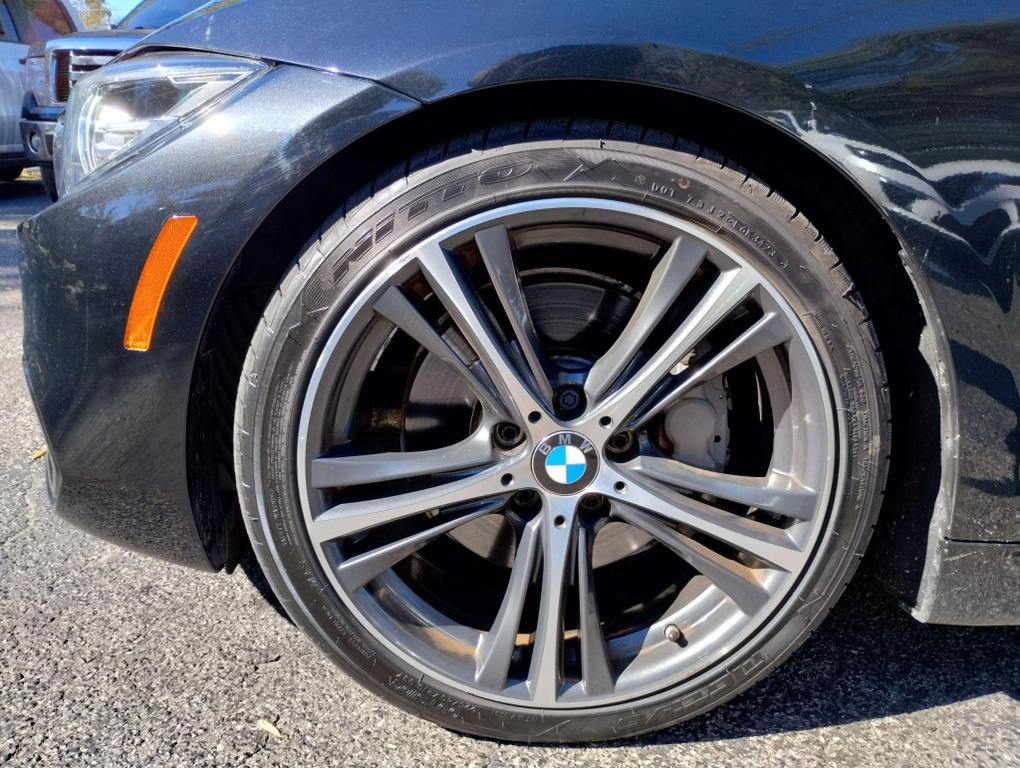
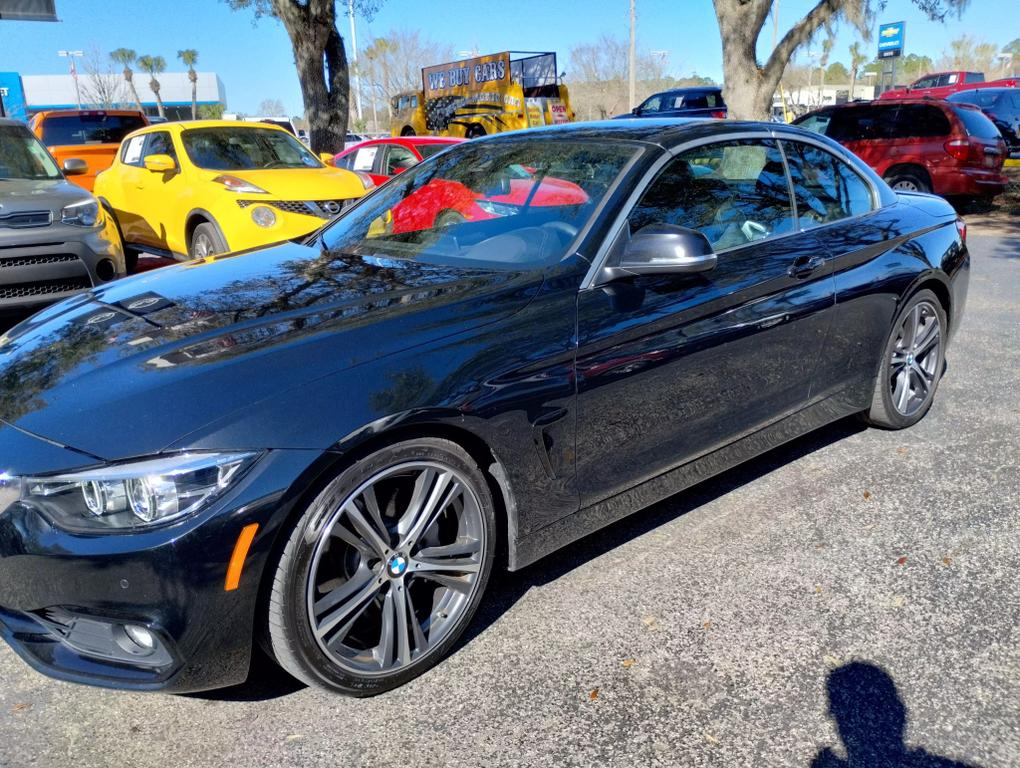
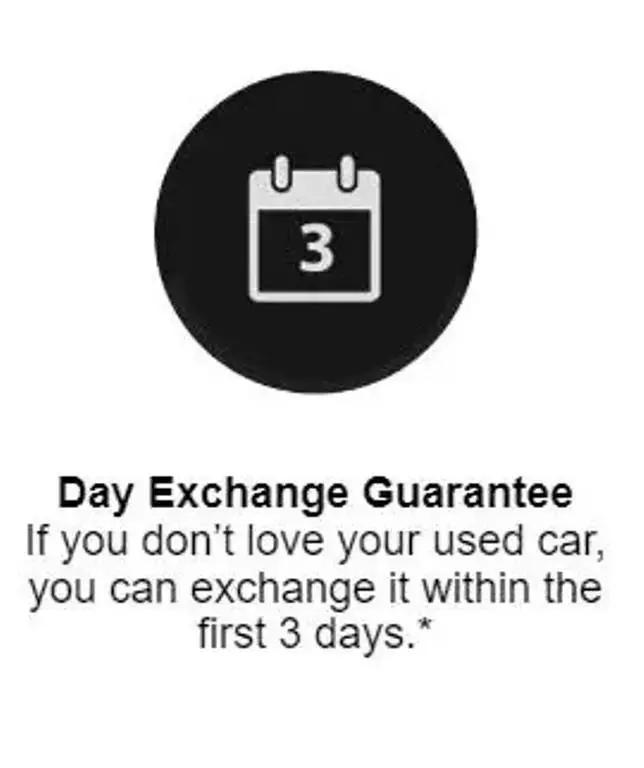
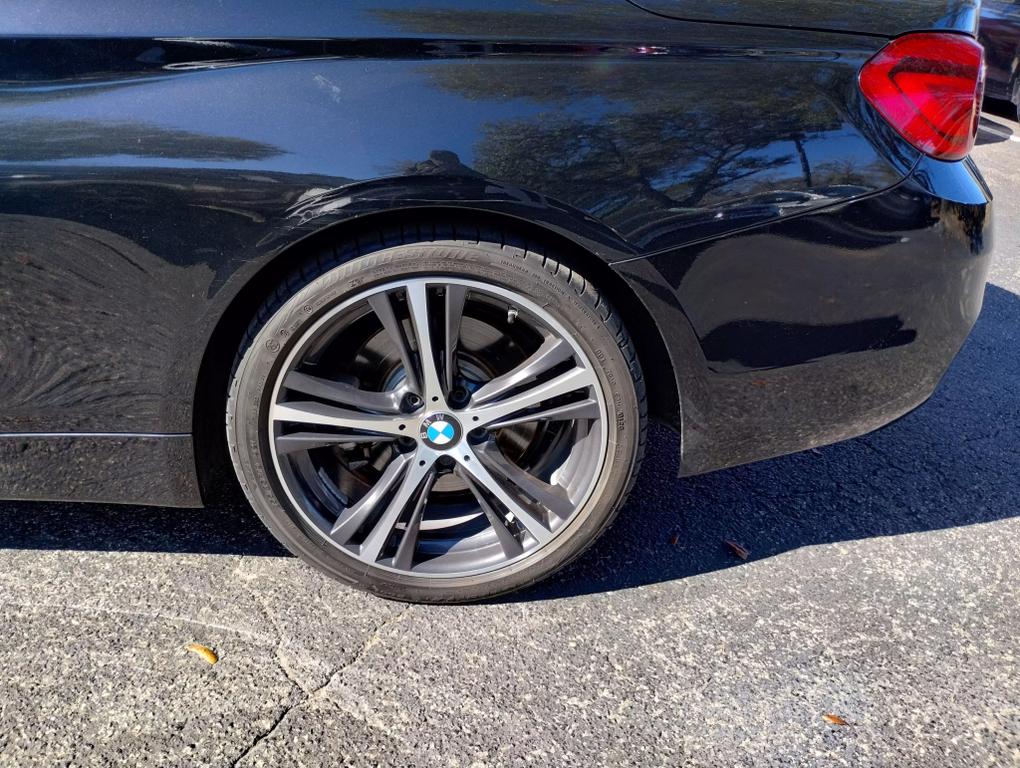
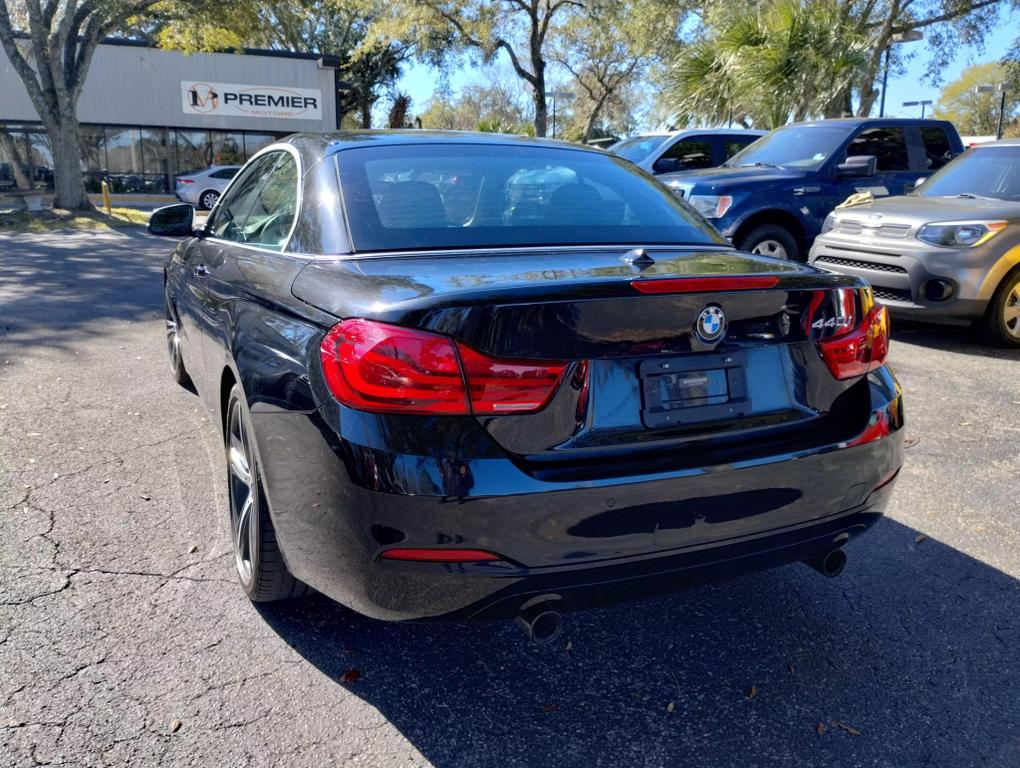
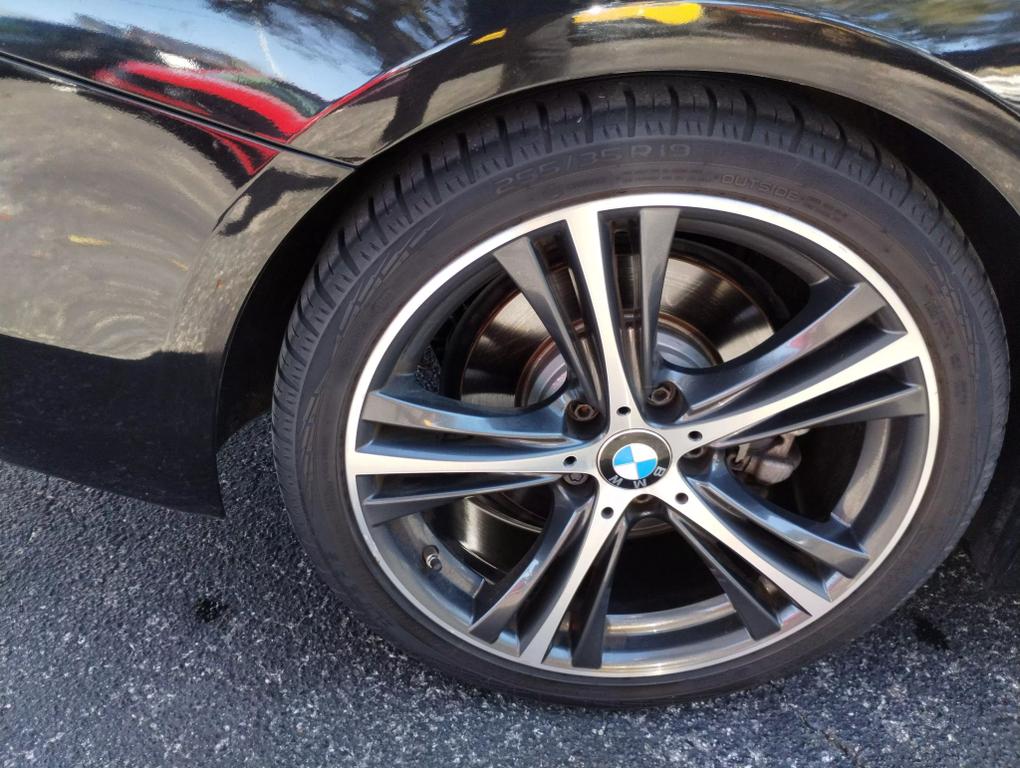

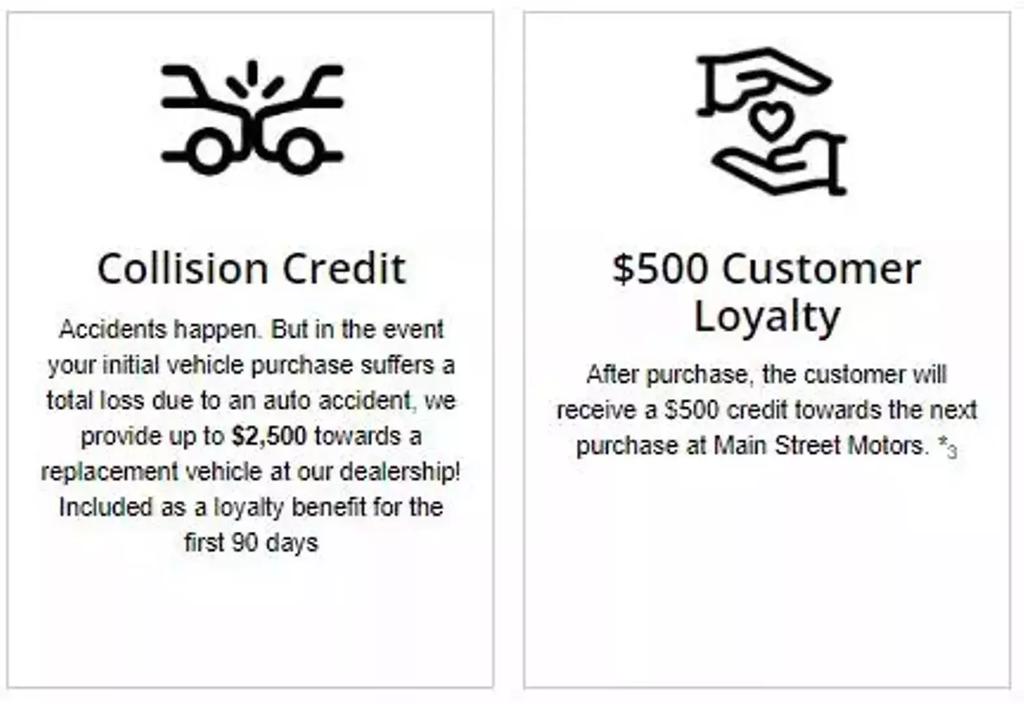
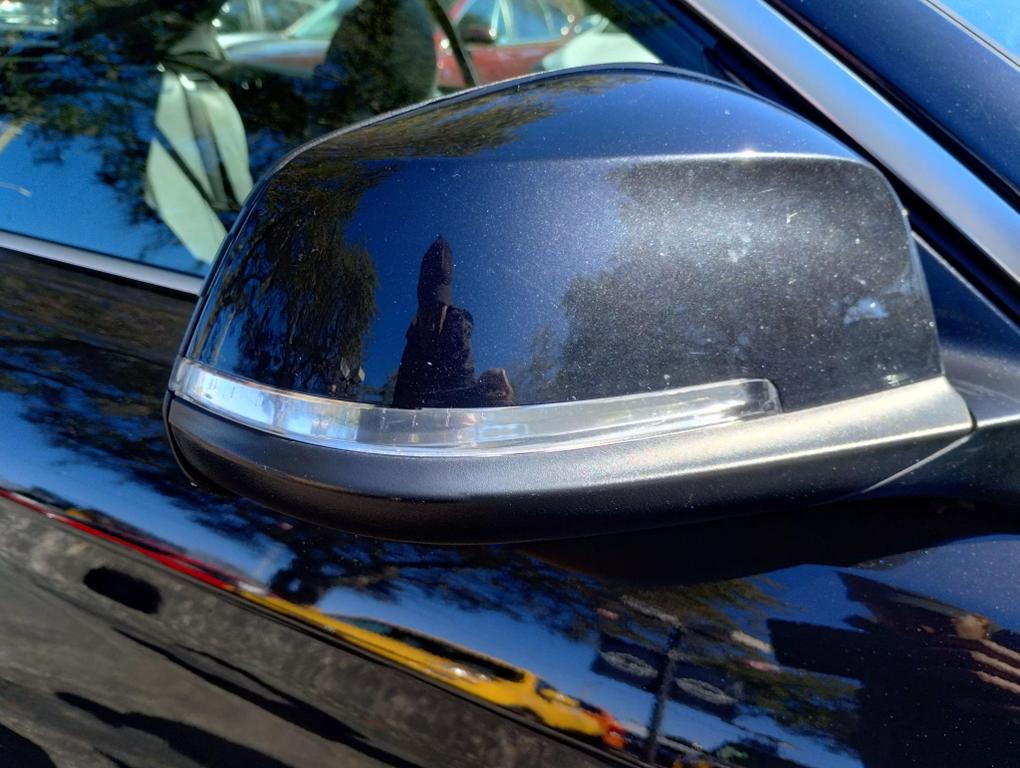
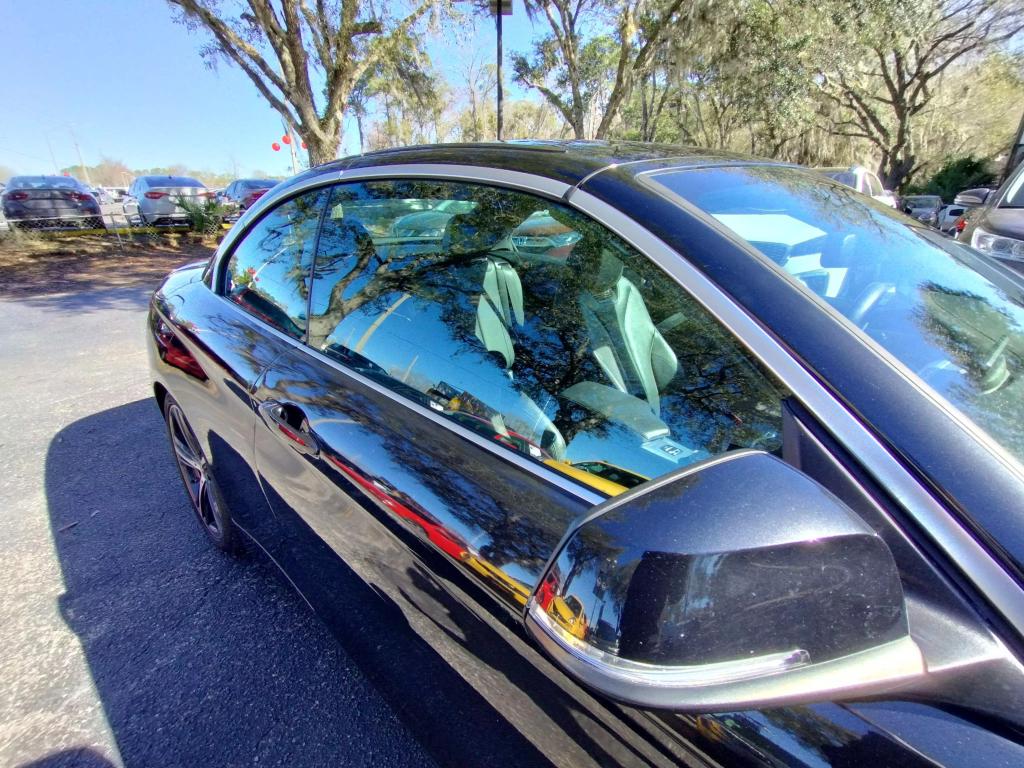
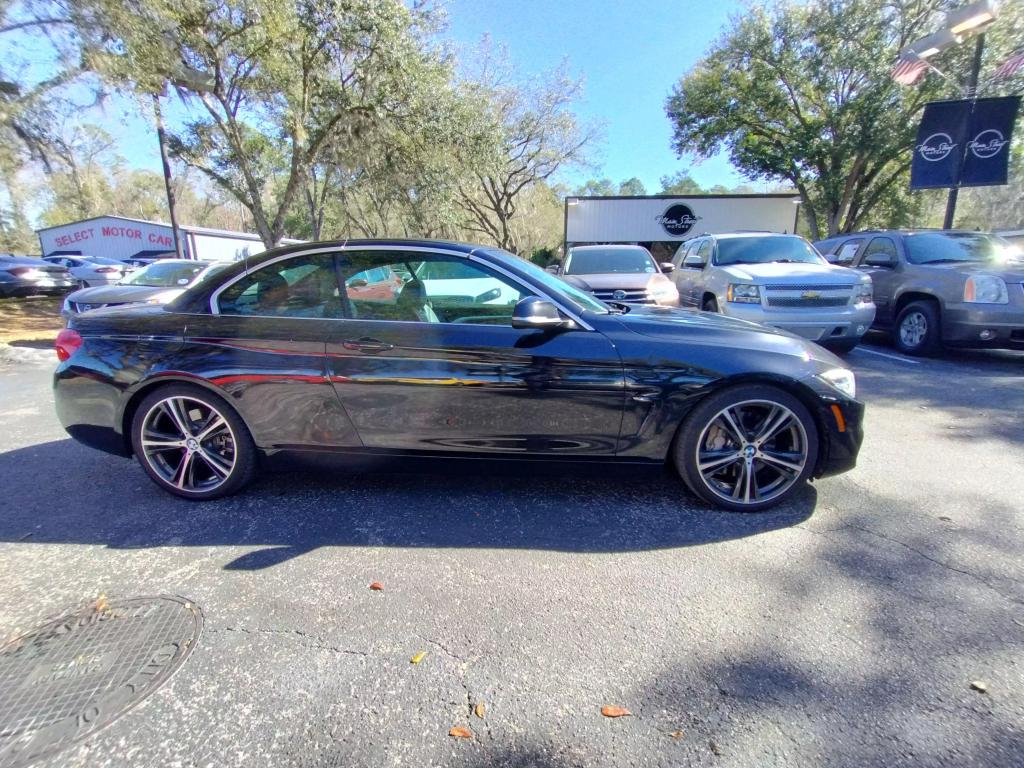
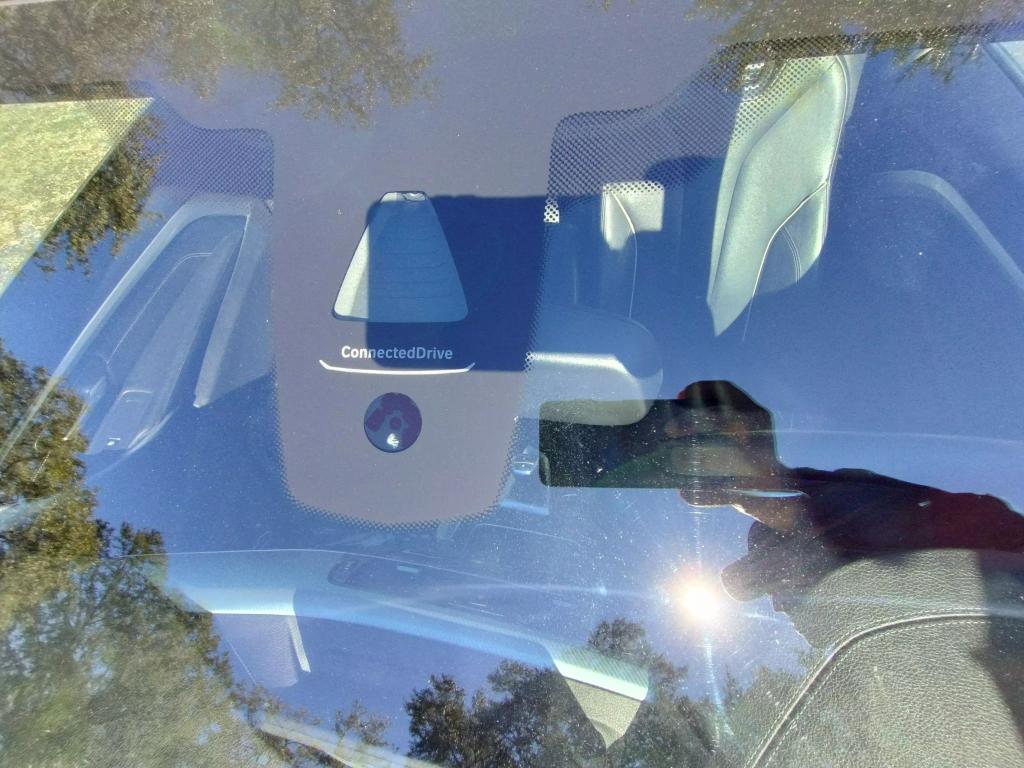
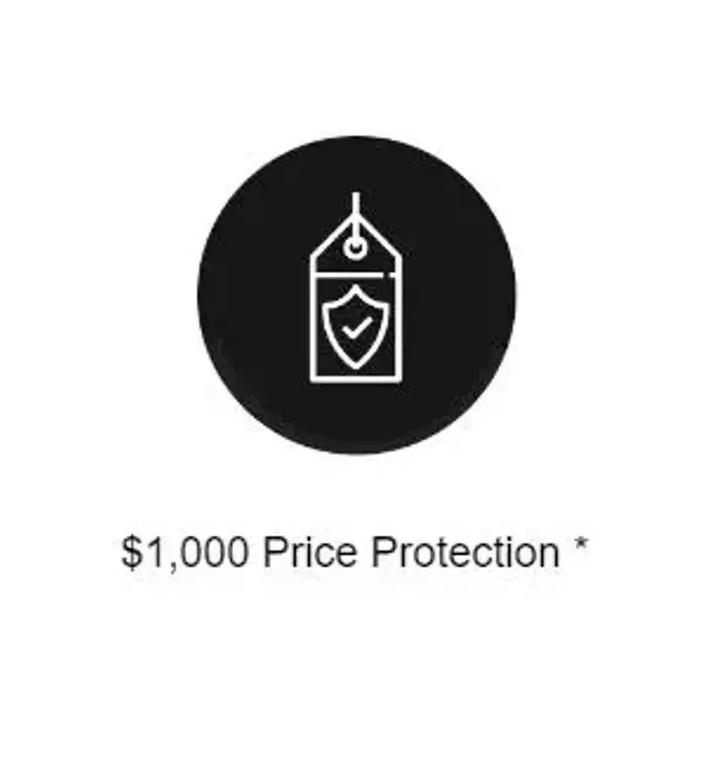
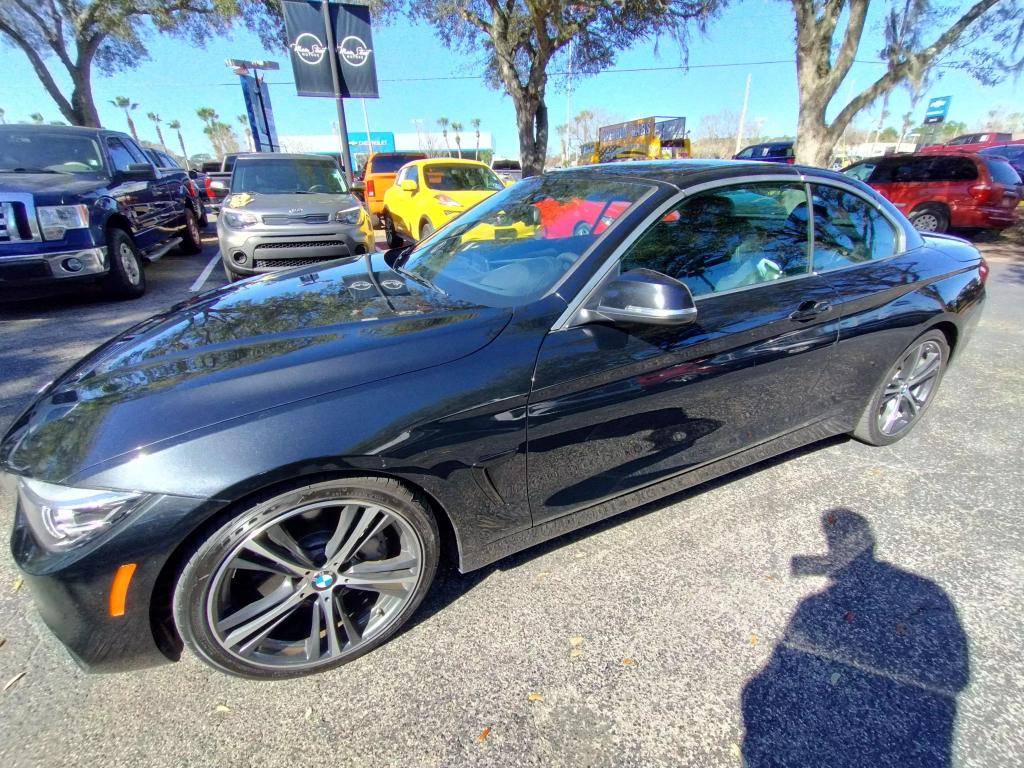
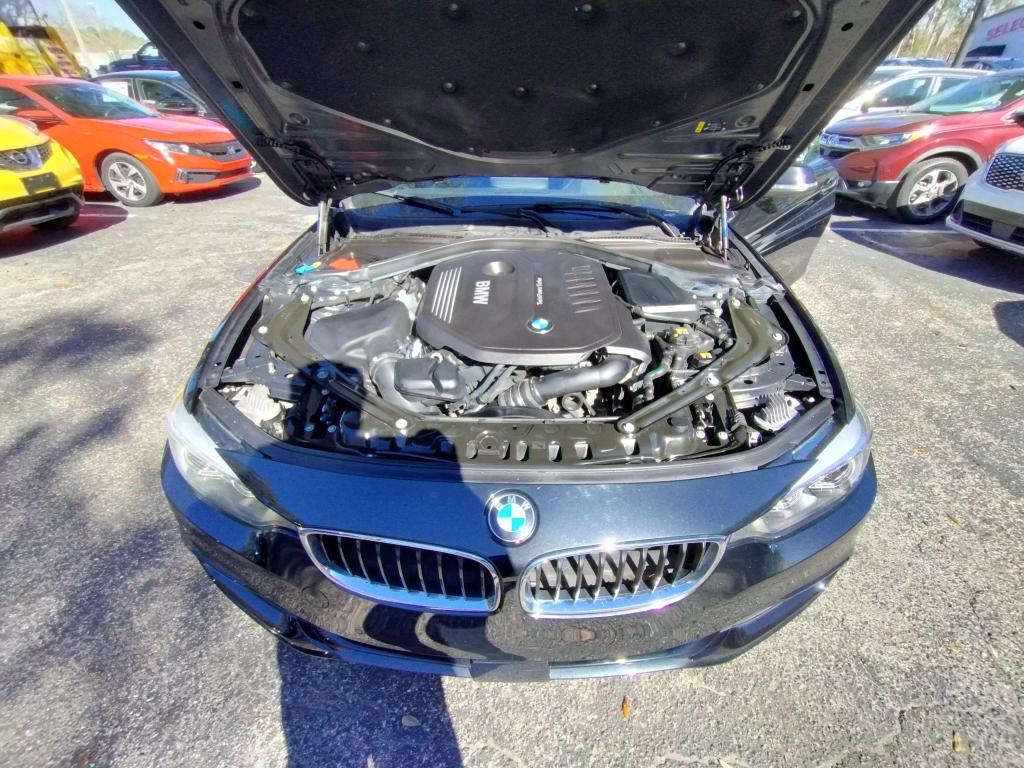
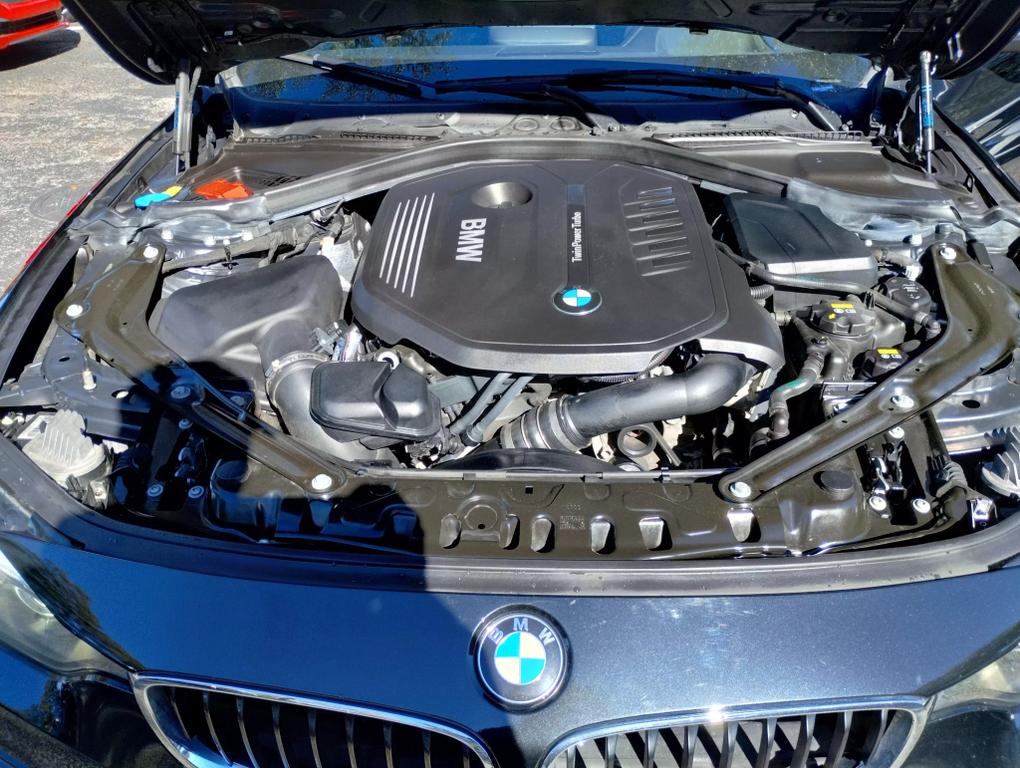
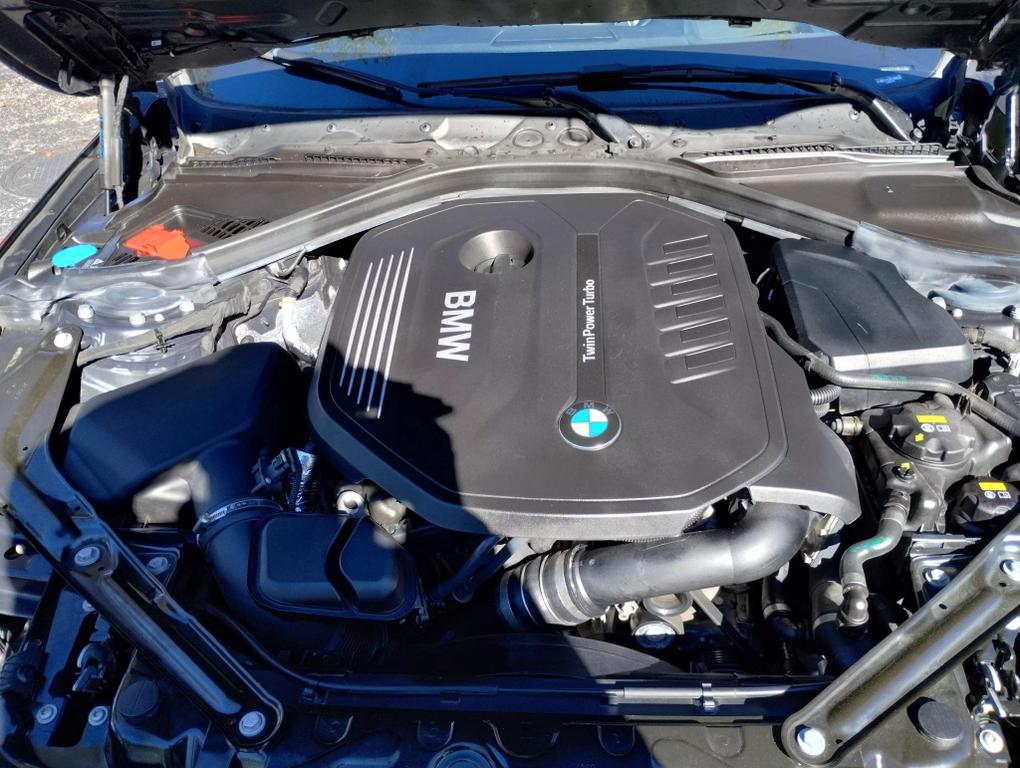
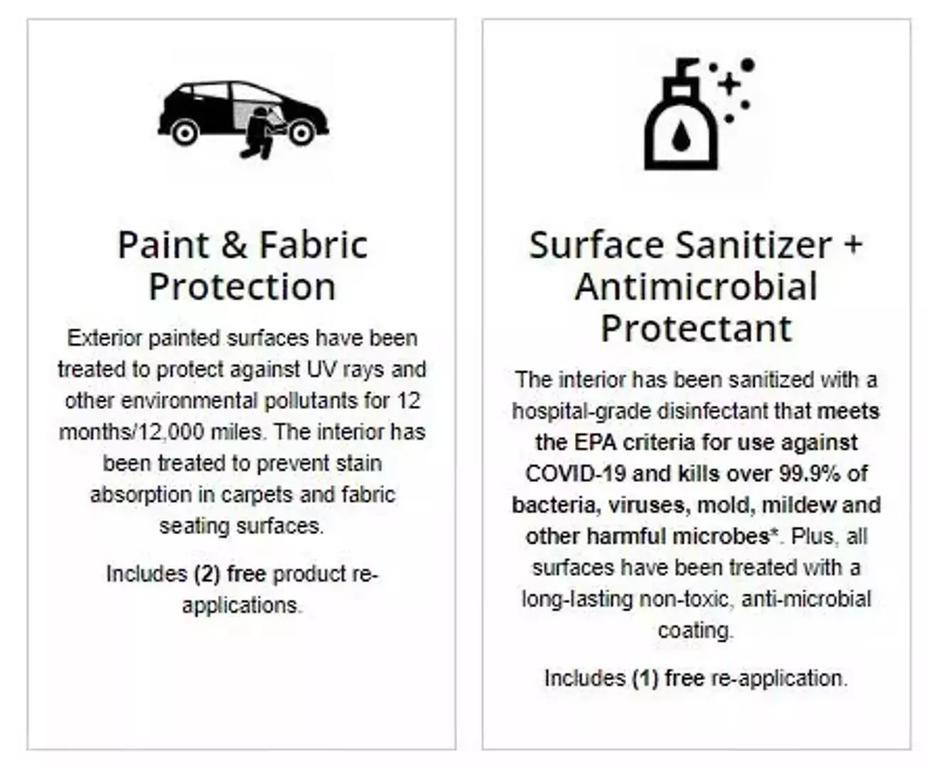


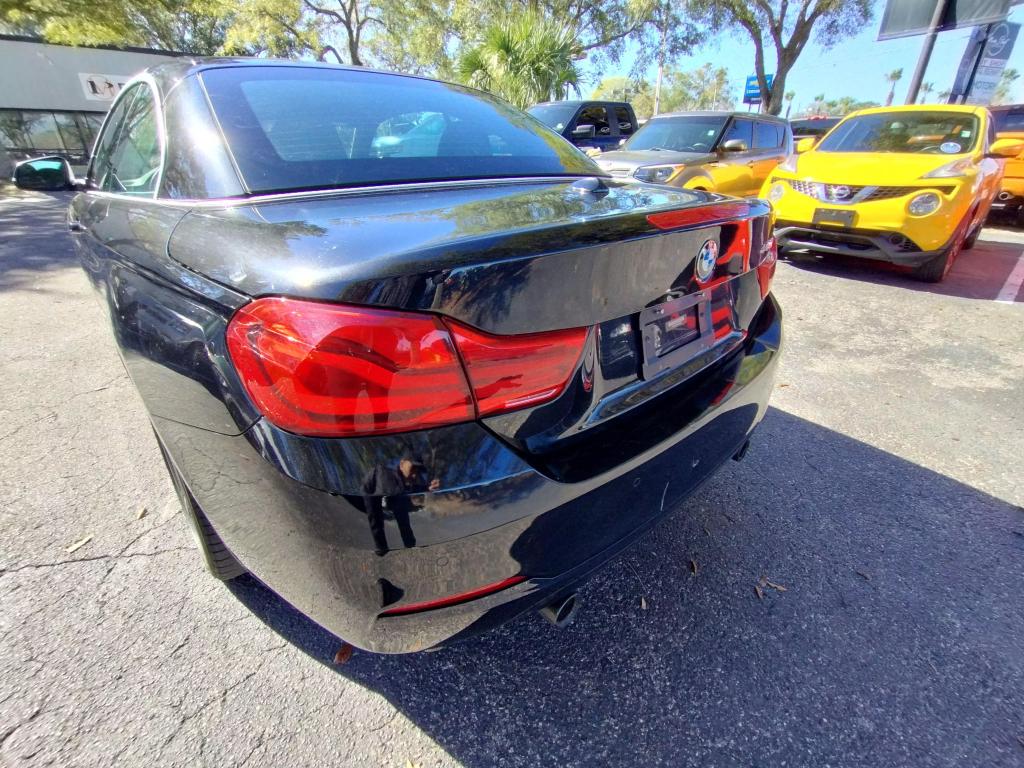
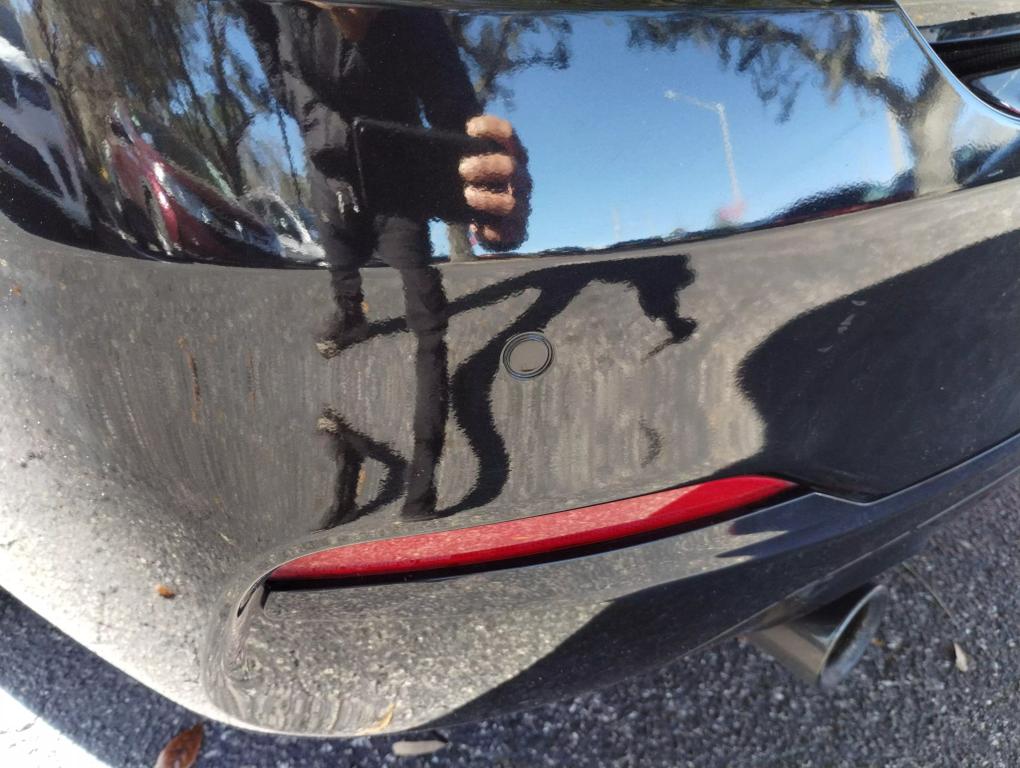
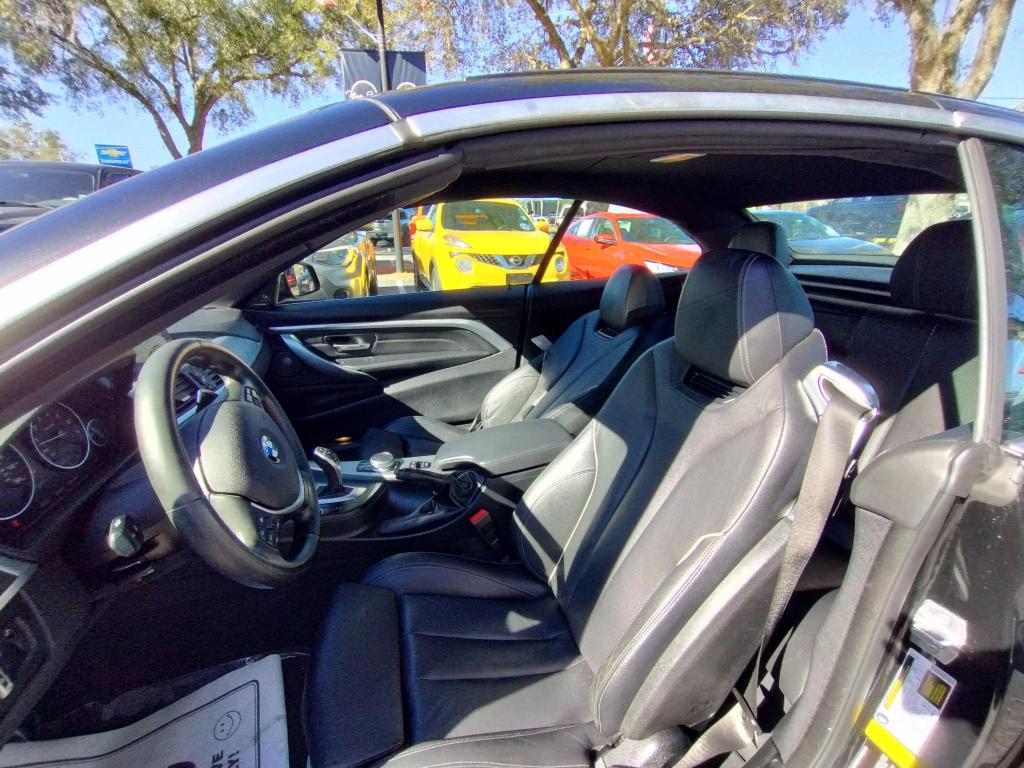
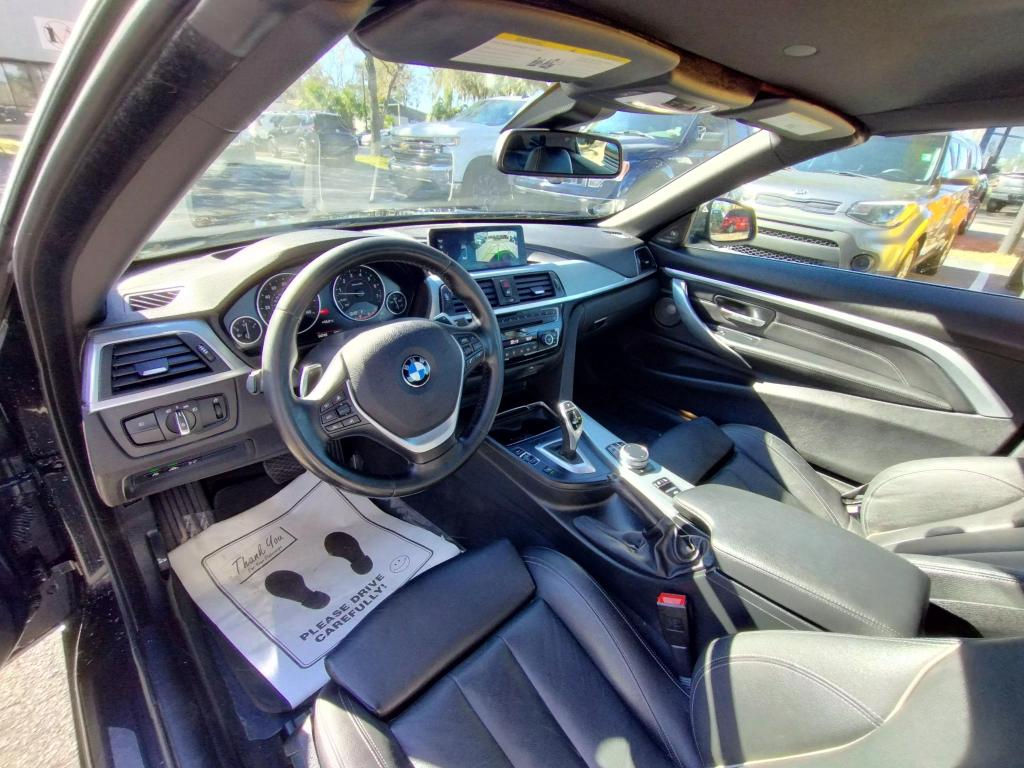
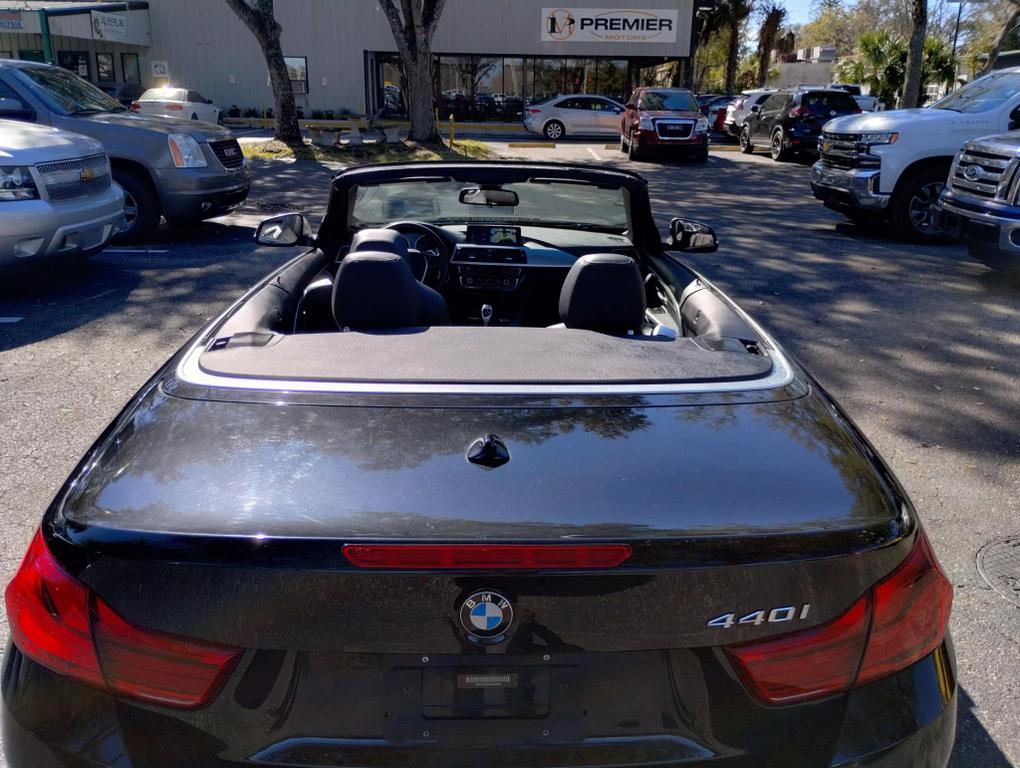
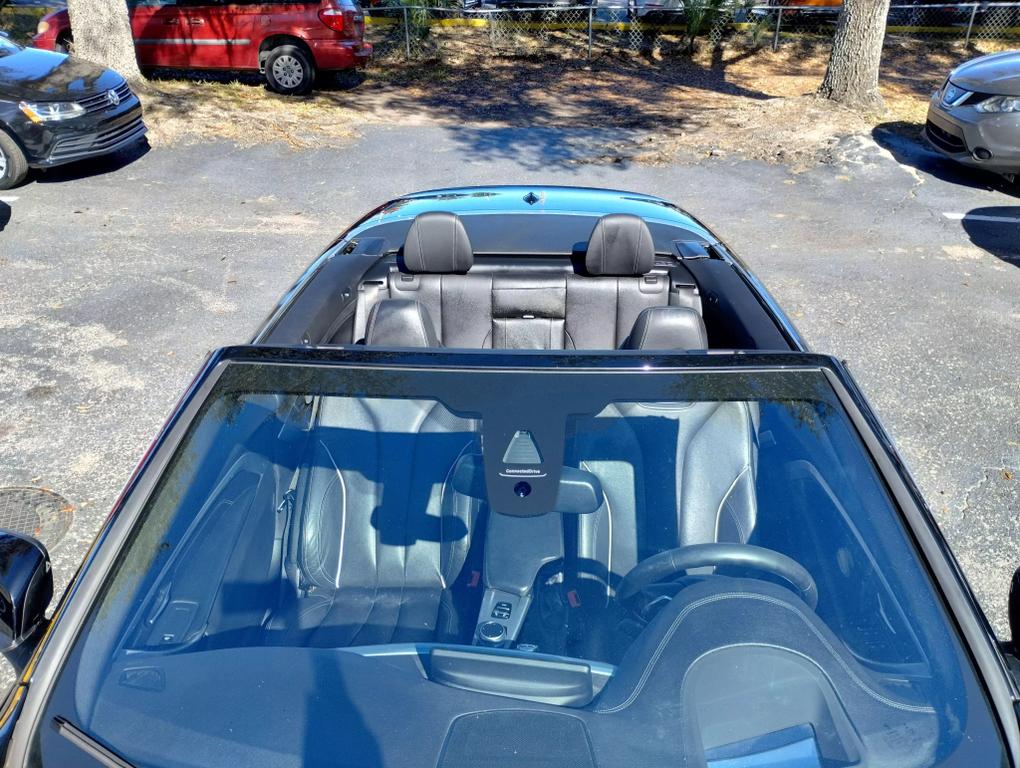
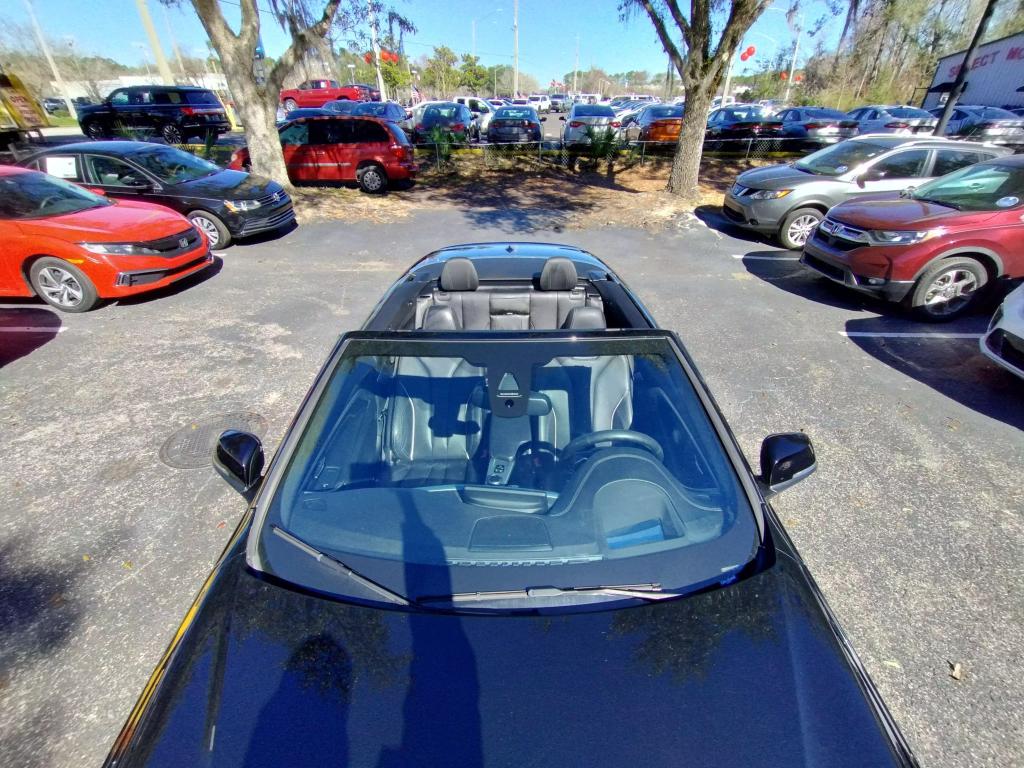


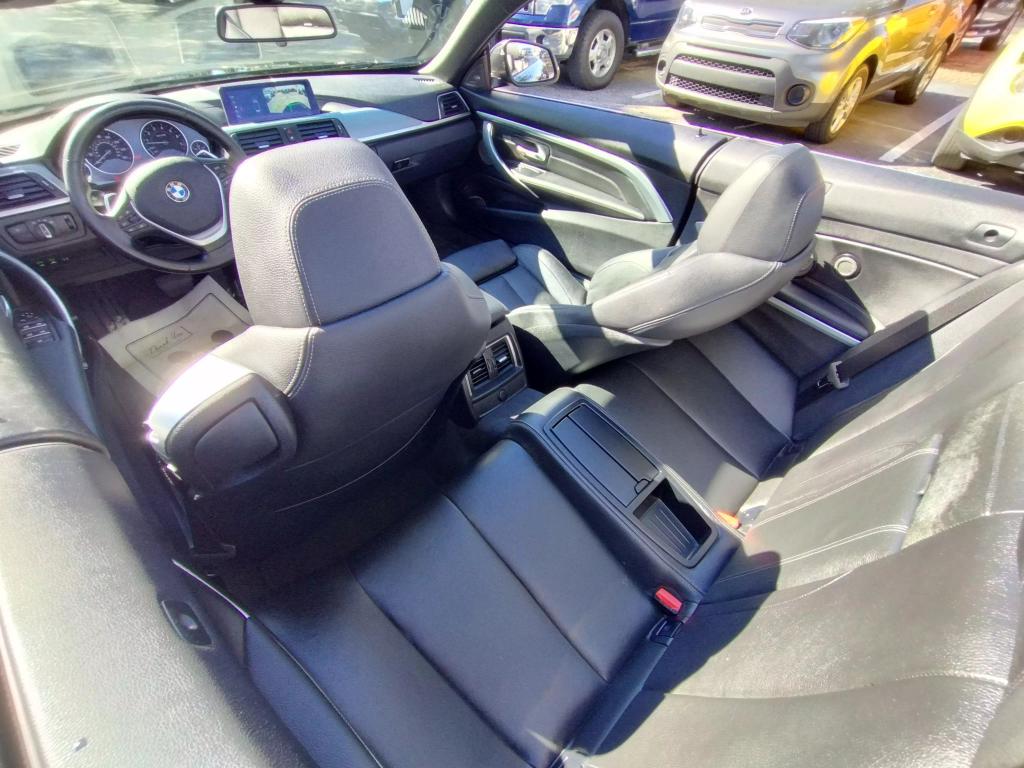
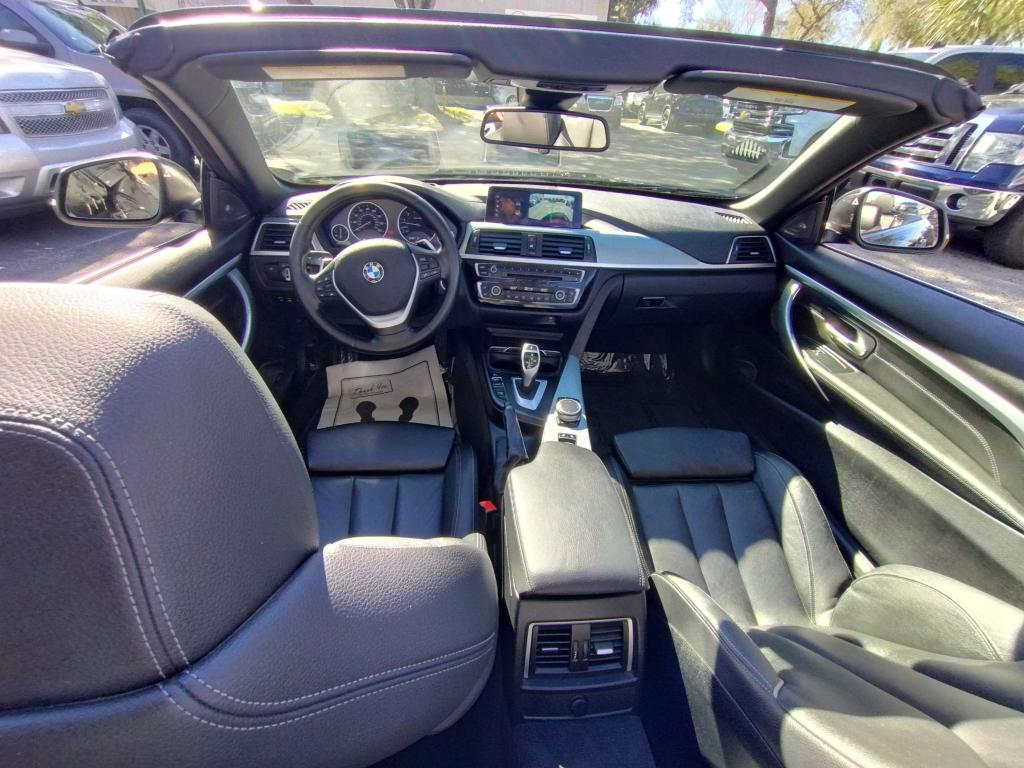
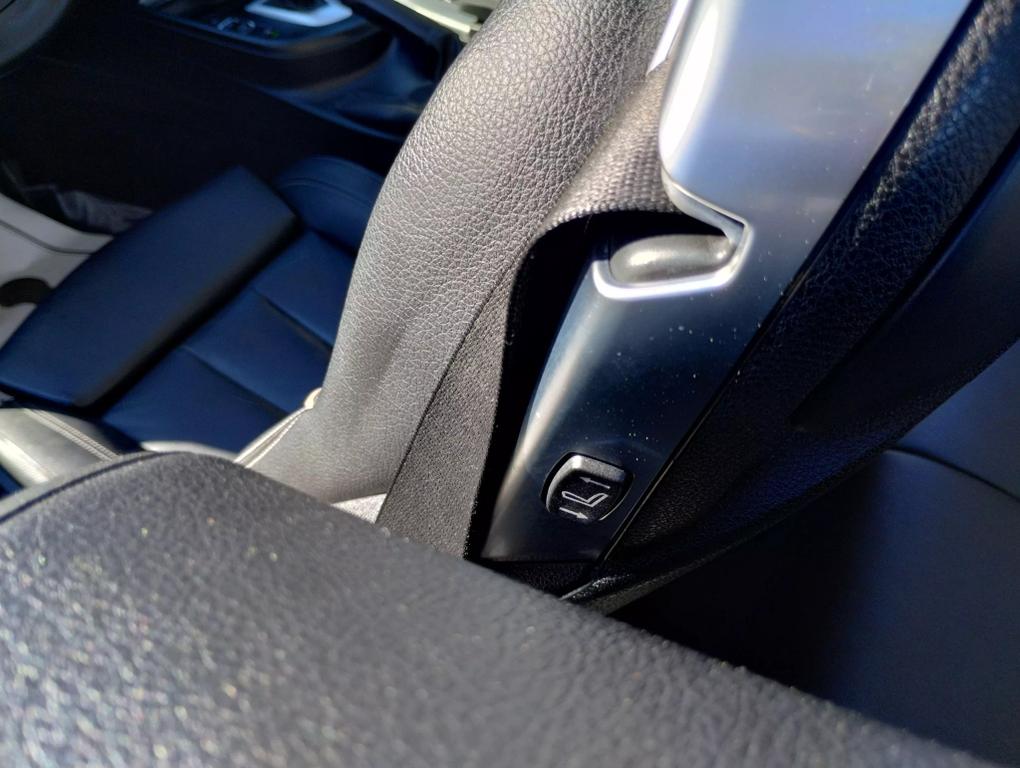

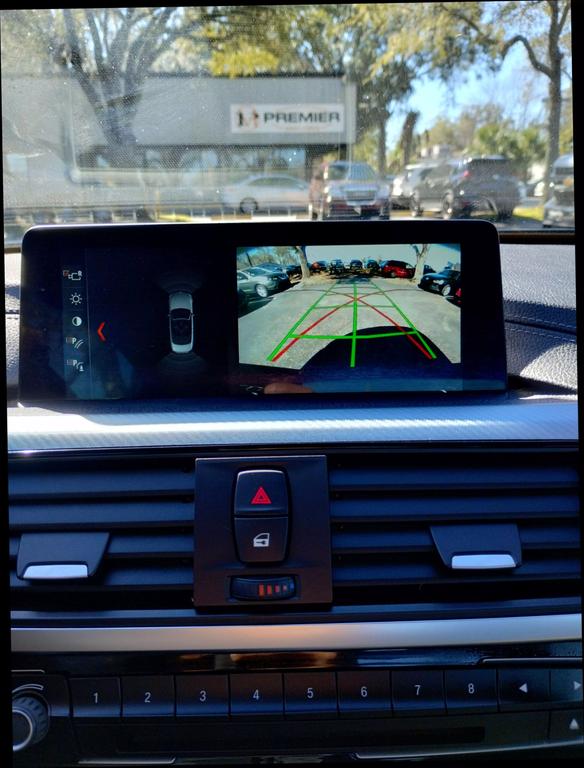
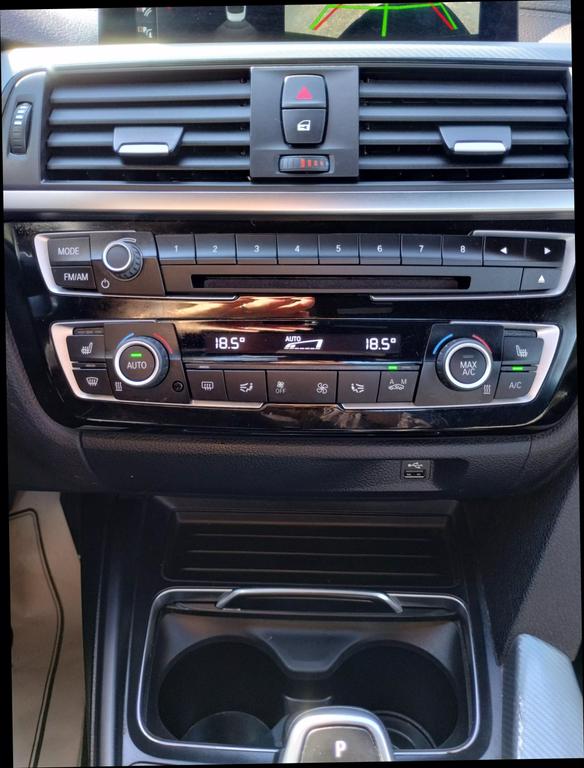
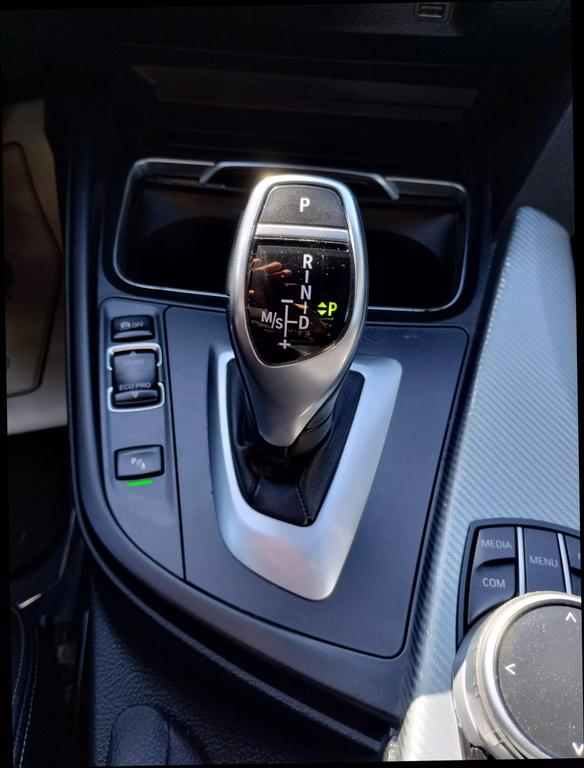
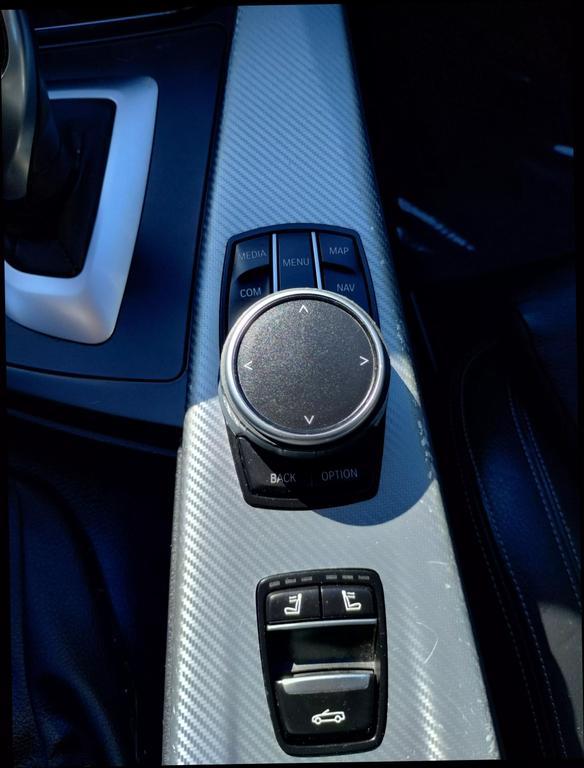
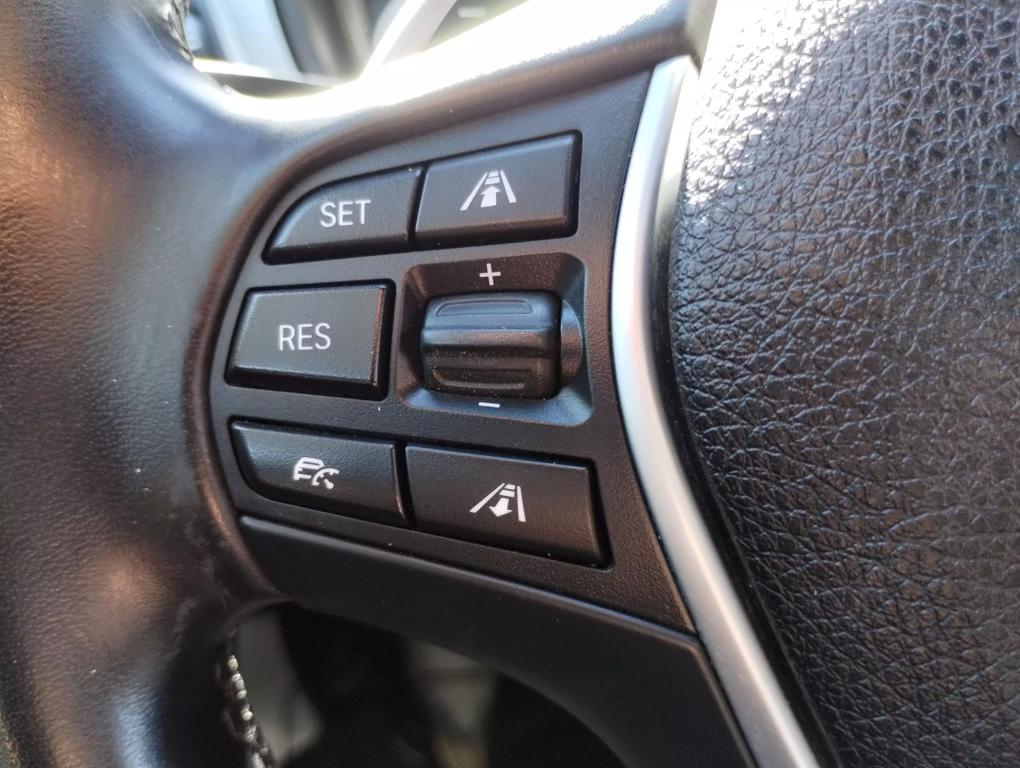
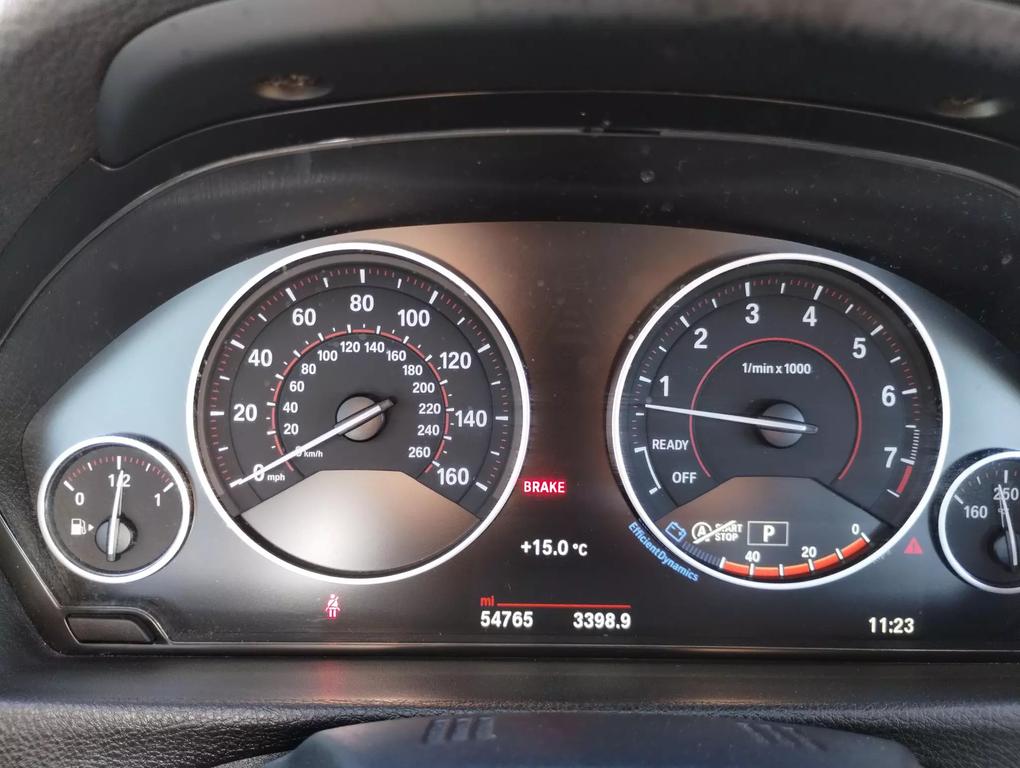
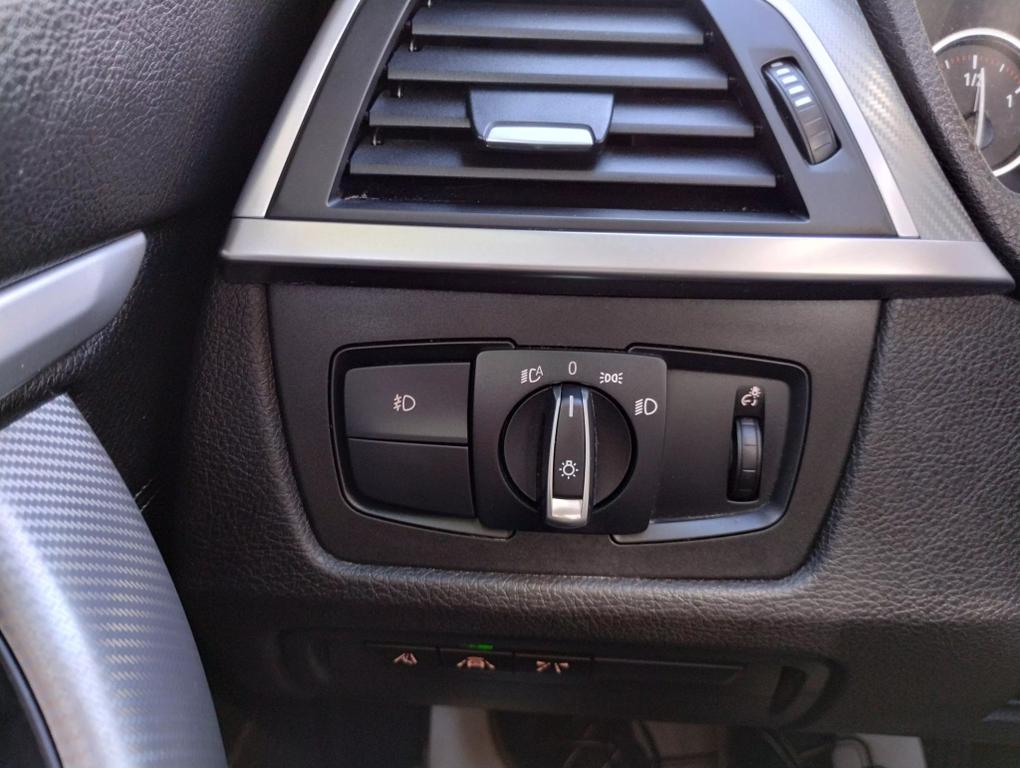
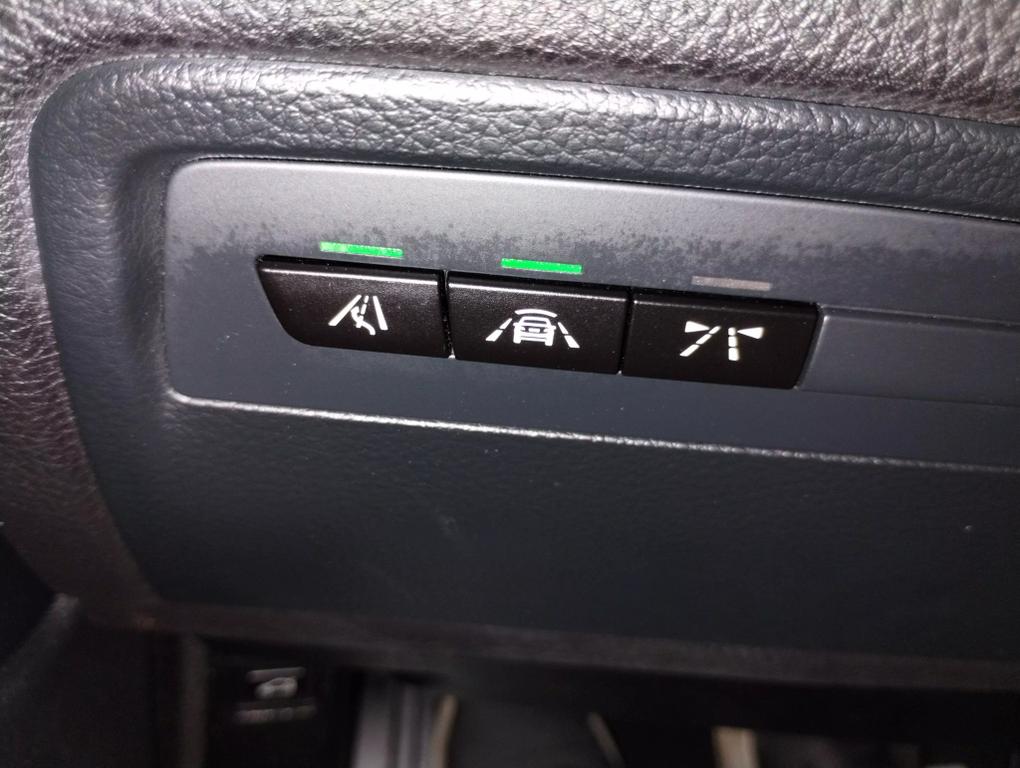
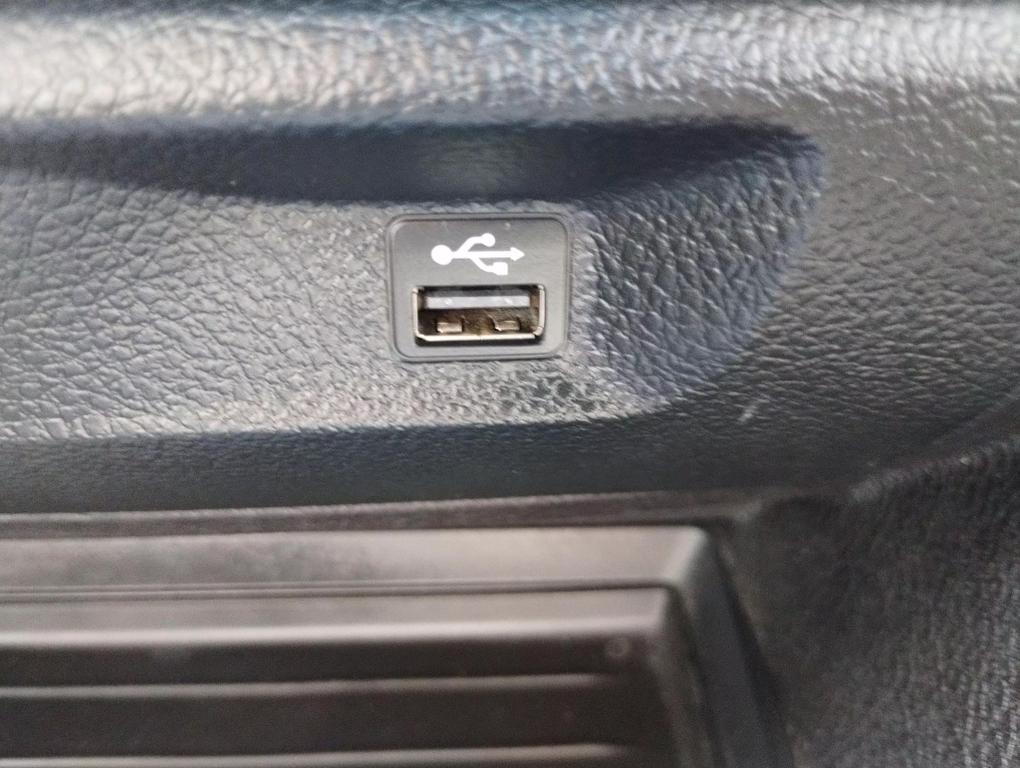
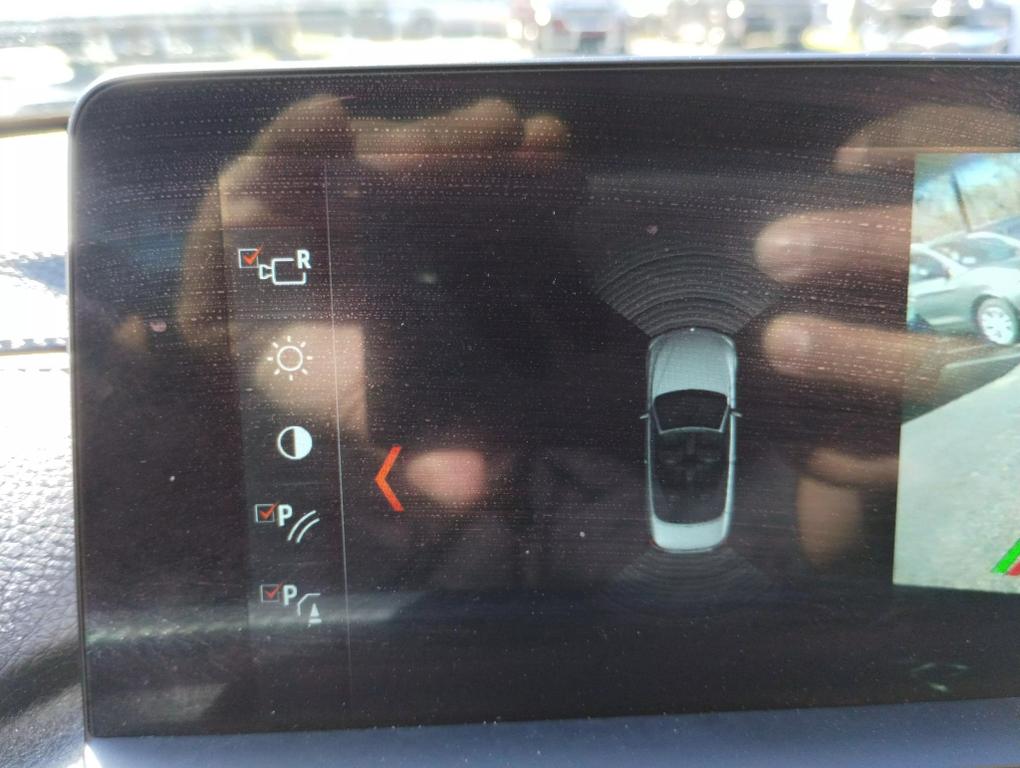
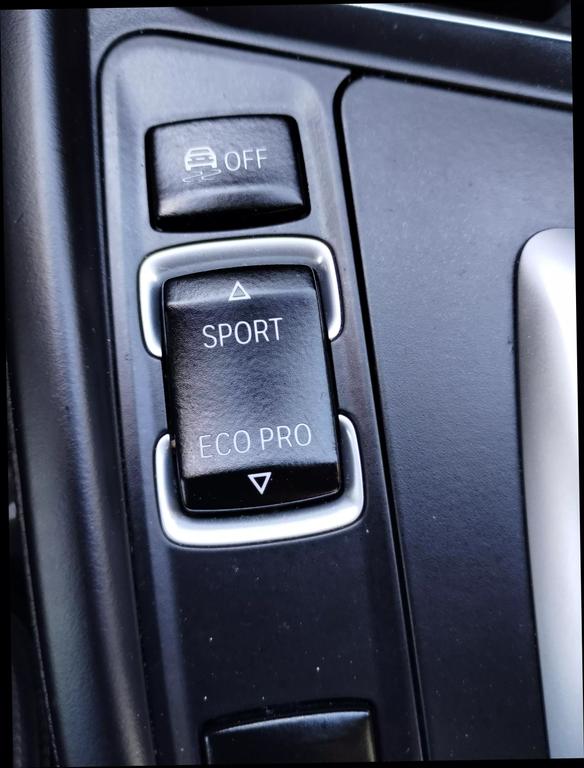
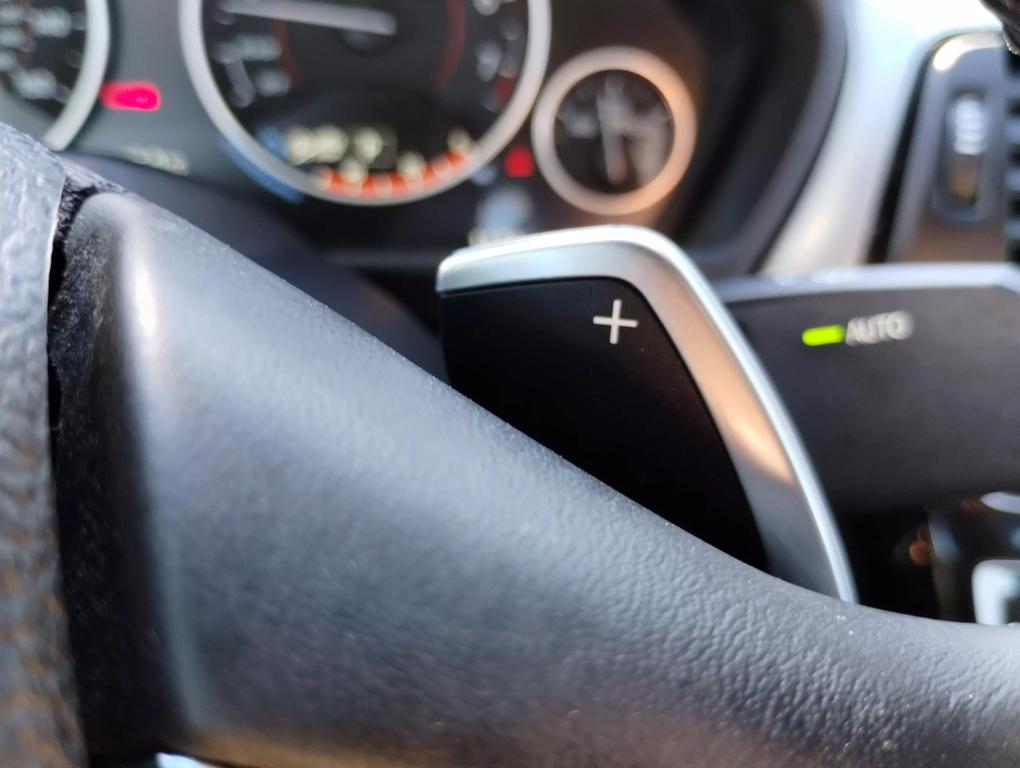
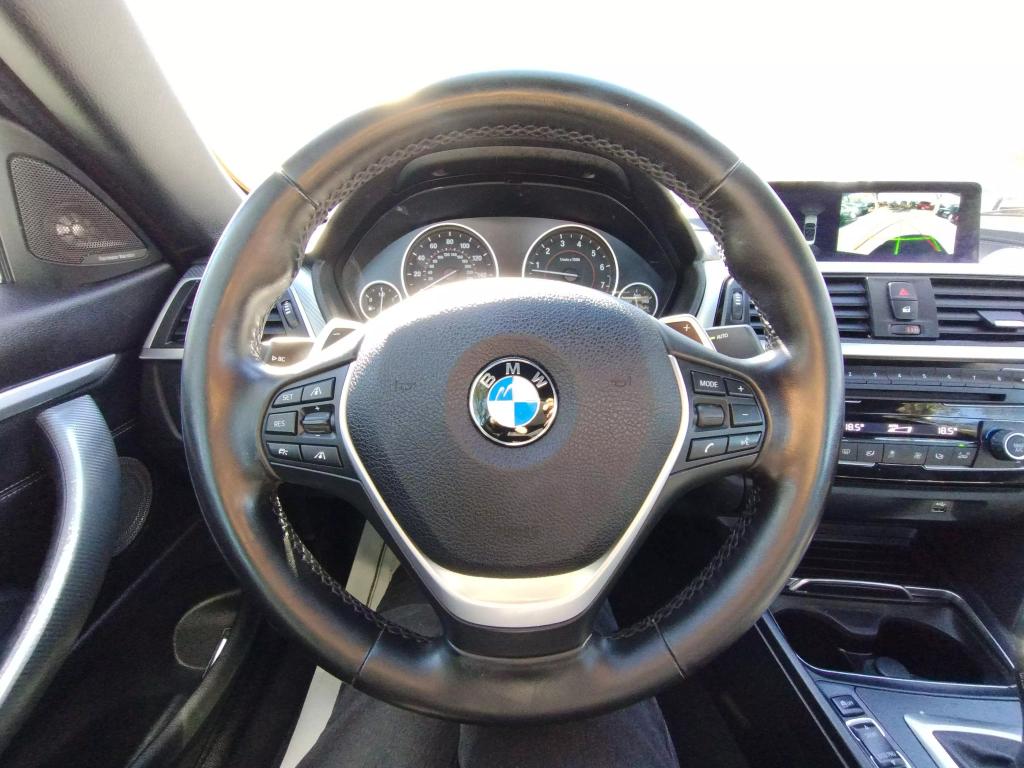
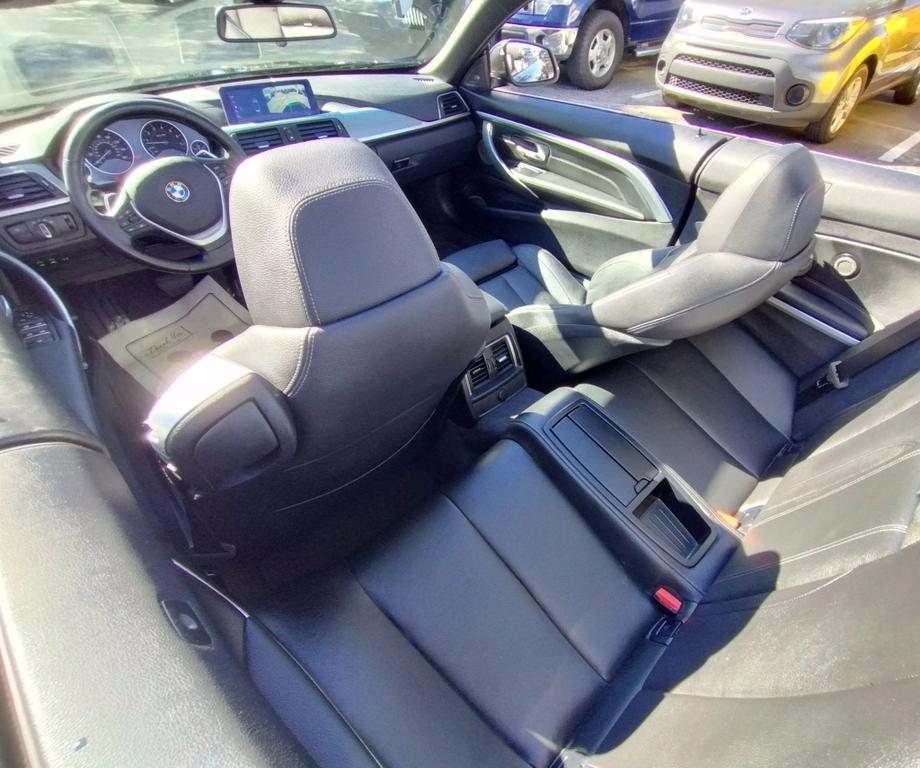






















































Overview
-
WBA4Z5C50JEA32608VIN
-
bmwMake
-
4 seriesModel
-
BLACKColor
-
RWDDrive Type
-
AUTOMATICTransmission
-
UsedCondition
-
2018Year
-
$28,995Price
-
56,407Miles
-
GASOLINEFuel Type
-
6-CYL, TURBO, 3.0 LITEREngine Size
-
2Doors
-
Cylinders
Features
- KEYLESS ENTRY
- DYNAMIC STABILITY CONTROL
- POWER WINDOWS
- FOG LIGHTS
- ALARM SYSTEM
- HARMAN/KARDON SOUND
- NAVIGATION SYSTEM
- AIR CONDITIONING
- POWER DOOR LOCKS
- SERVOTRONIC STEERING
- ABS (4-WHEEL)
- DYNAMIC TRACTION CONTROL
- TILT & TELESCOPING WHEEL
- HEATED SEATS
- ROLLOVER PROTECTION
- PREMIUM PKG
- DYNAMIC CRUISE CONTROL
- DUAL AIR BAGS
- XENON HEADLAMPS
- POWER HARD TOP
- KEYLESS START
- KNEE AIR BAGS
- CD/MP3 (SINGLE DISC)
- PARK DISTANCE CONTROL
- EXECUTIVE PKG
- DAYTIME RUNNING LIGHTS
- ALLOY WHEELS
- SIRIUSXM SATELLITE
- BMW ASSIST
- BLUETOOTH WIRELESS
- SIDE AIR BAGS
- DUAL POWER SEATS
- LEATHER
- BACKUP CAMERA
- AM/FM/HD RADIO
- INTERMITTENT WIPERS
- VIDEO SYSTEM
- REMOTE TRUNK LID
- GPS SYSTEM
- TOW PACKAGE
- CHILD PROOF DOOR LOCKS
- TOW HOOKS
- FAST- KEY ENTRY SYSTEM
- TELESCOPING STEERING WHEEL
- TACHOMETER
- POWER PASSENGER SEAT
- DUAL EXHAUST
- AUTO CLIMATE CONTROL
- FUEL INJECTION
- REAR FOG LAMPS
- ALL WEATHER FLOOR MATS
- POWER ADJUSTABLE PEDALS
- C.B.
- MAP LIGHTS
- FR STABILIZING BARS
- MEMORY SYSTEM
- WIRE WHEELS
- VANITY MIRRORS
- ROLL BAR
- STEERING RADIO CONTROLS
- USB PORT
- CLOCK
- HEATED SEATS
- DIGITAL INSTRUMENTS
- LOCKING TAILGATE
- POWER MIRRORS
- SUNROOF
- SPORT SUSPENSION
- DISTRONIC
- POWER SLIDING DOOR
- RUST PROOFING
- PICKUP SHELL
- REAR RADIO CONTROL
- POWER STEERING
- CHROME WHEELS
- POWER DRIVER'S SEAT
- NAVIGATION SYSTEM
- REAR AIR CONDITIONING
- HEATED WINDSHIELD
- ROOF RACK
- GROUND EFFECTS
- 12V POWER OUTLET
- POWER REAR SUNSHADE
- CENTER ARM REST
- DRIVER AIRBAG
- ROLL STABILITY CONTROL
- CD CHANGER
- SATELLITE RADIO
- ONBOARD HARD DRIVE
- DIGITAL INFO CENTER
- AIR SUSPENSION
- LEATHER STEERING WHEEL
- HEATED DOOR LOCKS
- CHROME EXHAUST TIPS
- METALLIC PAINT
- BLUETOOTH
- PCM
- WIRE WHEEL COVERS
- HID HEADLAMPS
- TRACTION CONTROL
- TRIP ODOMETER
- INFINITI COMMUNICATOR
- SEPARATE TWEETERS
- 115V POWER OUTLET
- POWER WINDOWS
- KNEE AIR BAG
- ELECTRONIC TRUNK CLOSER
- POWER LIFT GATE
- PANORAMIC ROOF
- HEAD-PROTECTION SYSTEM
- XENON
- VOICE ACTIVATED
- BENCH SEAT
- POWER LOCKS
- RECLINING SEATS
- DIGITAL CLOCK
- NIGHT VISION
- DIFFERENTIAL LOCKS
- FOG LIGHTS
- ALARM SYSTEM
- PASSENGER AIRBAG
- DUAL AIR BAGS
- MP3
- DISC BRAKES
- 2 HI-BACK BUCKET SEATS
- SPLIT SEATS
- SIDE CURTAIN AIRBAGS
- TIRE PRESSURE
- CENTER CONSOLE
- RUNNING BOARDS
- HEATED STEERING WHEEL
- HD RADIO
- SPORT SEATS
- DYNAMIC STABILITY
- HEADS UP DISPLAY
- ONSTAR
- SPLIT FRONT BENCH
- HARD TONNEAU COVER
- HYDRAULIC LIFT
- CARBON FIBER TRIM
- CRUISE CONTROL
- FUSE HANDSFREE LINK
- REAR-SIDE AIRBAGS
- FLOOR MATS
- REAR WIPER
- PRIVACY GLASS/TINTED
- AM/FM
- SECURITY SYSTEM
- REMOVABLE HARD TOP
- FRONT AC SEATS
- BODY SIDE MOLDINGS
- REAR SPOILER
- OFF ROAD TIRES
- REMOTE HATCH RELEASE
- UNDERBODY HOIST
- MOONROOF
- ACCENT STRIPES
- DAYTIME RUNNING LIGHTS
- TELEAIDE SYSTEM
- MEMORY SEAT POSITION
- EXTERIOR KEYPAD ENTRY
- GRILLE GUARD
- CONVENTIONAL SPARE
- REAR HEATED SEATS
- TRAILER HITCH
- 3RD ROW SEATING
- REMOTE FUEL DOOR
- DVD PLAYER
- ABS BRAKES
- FRONT HEATED SEATS
- PREMIUM WHEELS
- COMPASS AND TEMPERATURE DISPLAY
- SPLIT FOLDING REAR SEAT
- WIDE TIRES
- CD PLAYER
- PREMIUM SOUND
- OVERHEAD CONSOLE
- CARPETED FLOOR MATS
- OPTIONAL FUEL TANK
- REAR DEFOGGER
- PARKING SENSORS
- REMOTE CONTROL ENTRY
- LIMITED SLIP DIFFERENTIAL
- SURROUND SOUND SYNC
- TRIP COMPUTER
- SPOILER
- ADJUSTABLE RIDE CONTROL
- ALUMINUM BOX
- SLIDING REAR WINDOW
- SIDE AIRBAGS
- CASSETTE
- INTEGRATED CHILD SEAT
- AUTO DAY/NIGHT MIRRORS
- REVERSE CAMERA
- HOMELINK SYSTEM
- REAR AC SEATS
- DUAL POWER SLIDING DOORS
- CLEARCOAT PAINT
- GOLD TRIM
- POWER BRAKES
- DUAL ZONE CLIMATE CONTROL
- DUAL POWER SEATS
- TILT STEERING WHEEL
- LUXURY SEATS
- WOOD TRIM
- REMOTE START
- TWO TONE PAINT
- AIR CONDITIONED SEATS
- PREMIUM ALLOY WHEELS
- POWER ANTENNA
- AUTO LEVELING
- AIR CONDITIONING
- LOCKING FUEL CAP
- WINDOWS
- CUSTOM BUMPER
- VOICE CONTROL
- POWER SEAT
- KEYLESS ENTRY
- ANTI-THEFT
- SUBWOOFER
- WINCH
- CUP HOLDERS
- VARIABLE ASSIST STEERING
- BEDLINER
- ADAPTIVE HEADLIGHTS
- LEATHER SHIFTER
- HEATED MIRRORS
- TOUCH SCREEN
AI Report
As a car inspection specialist, I would need to see the actual photos of the vehicle to provide a detailed and accurate inspection report. Since I can't view images or photos, I'll guide you on how to structure a comprehensive inspection report based on hypothetical observations. Here\u2019s how you can format and detail the report:---
Vehicle Inspection Report
Vehicle Details:
- Make & Model:
- Year:
- VIN:
- Mileage:
---
Exterior Inspection
1. Body Condition:
- Check for any dents, scratches, or rust spots on the body.
- Note the condition of the paint (fading, chipping, or cracking).
2. Windows and Windshield:
- Inspect for cracks, chips, or any signs of sealing issues.
- Ensure windshield wipers and washers operate correctly.
3. Lights and Indicators:
- Test all external lights (headlights, tail lights, turn signals, brake lights, fog lights) to ensure they are functioning and properly aligned.
4. Tires:
- Measure tread depth.
- Check for signs of uneven wear or sidewall damage.
- Verify tire pressure against manufacturer recommendations.
5. Wheels:
- Inspect for bends, cracks, or corrosion.
- Check wheel alignment.
6. Mirrors:
- Ensure side and rear-view mirrors are intact and
Bmw 4 Series
Make an Offer Price
OFFICE
2629 N Main Street,
Gainesville, Florida 32669s
KEEP IN TOUCH
Get latest updates and offers.
Cartek LLC© 2024. All Rights Bys Cartek.

